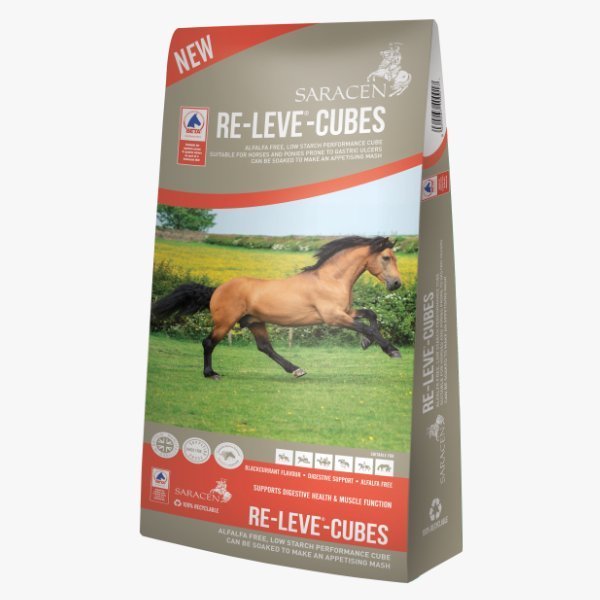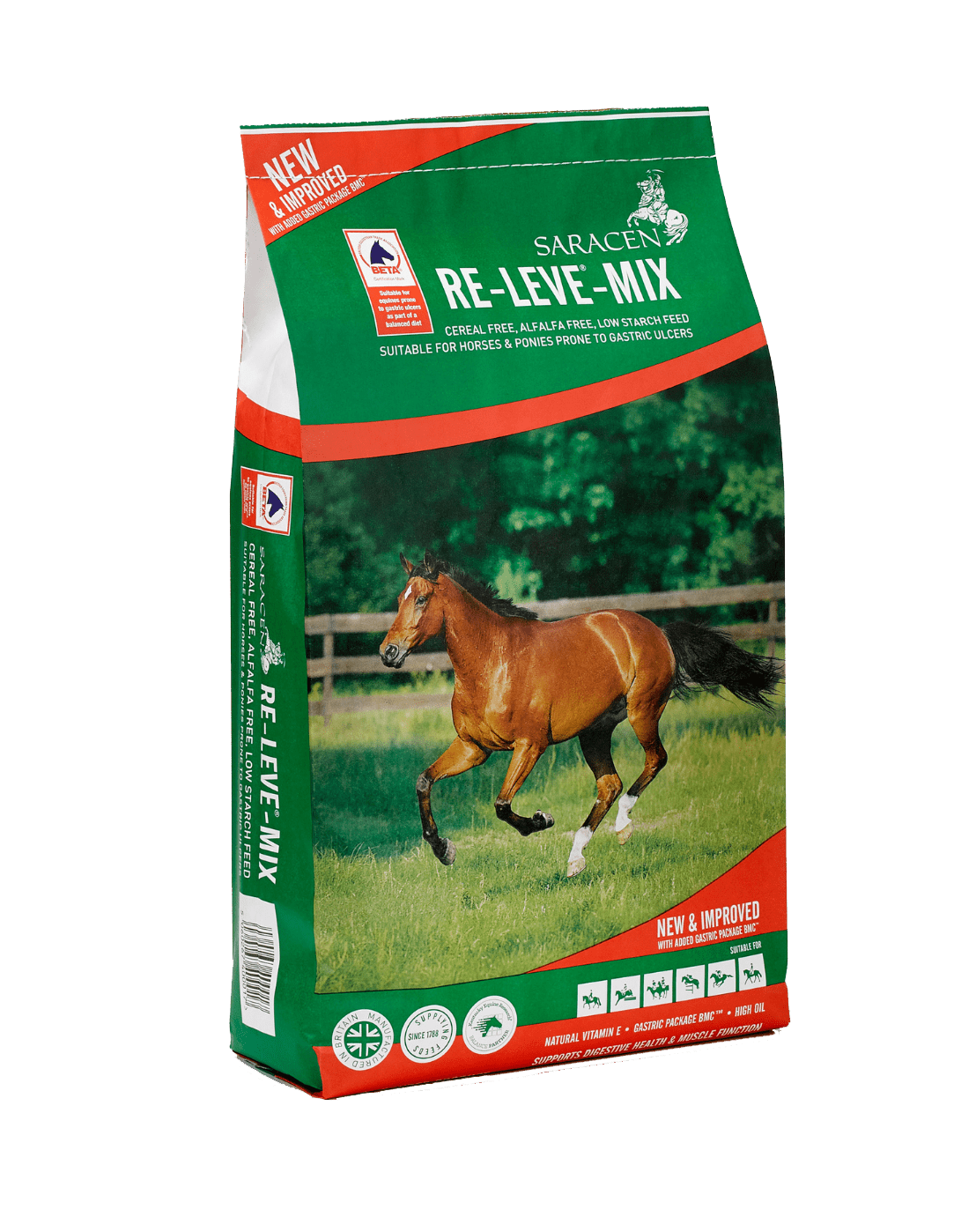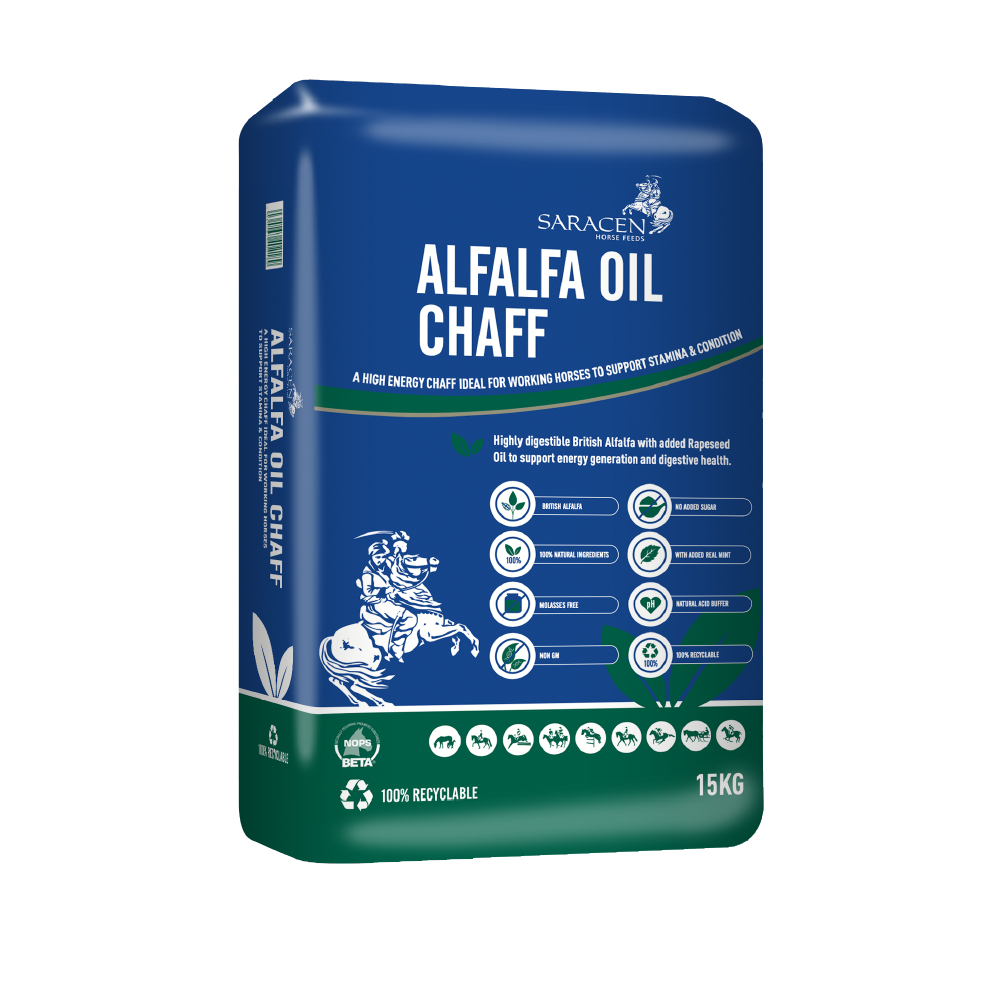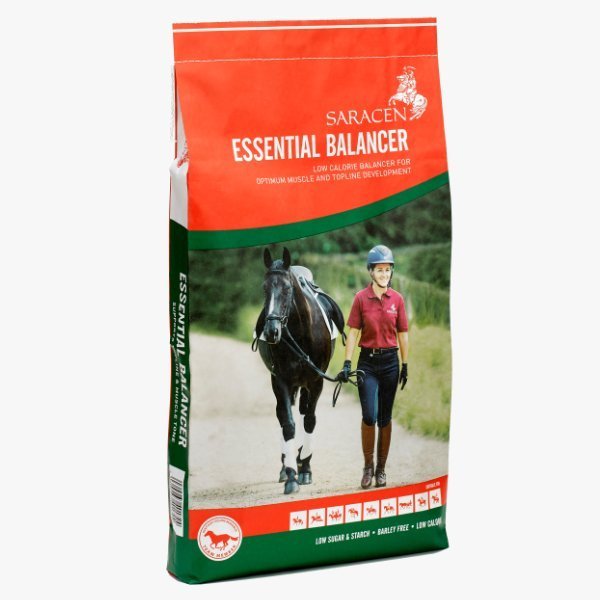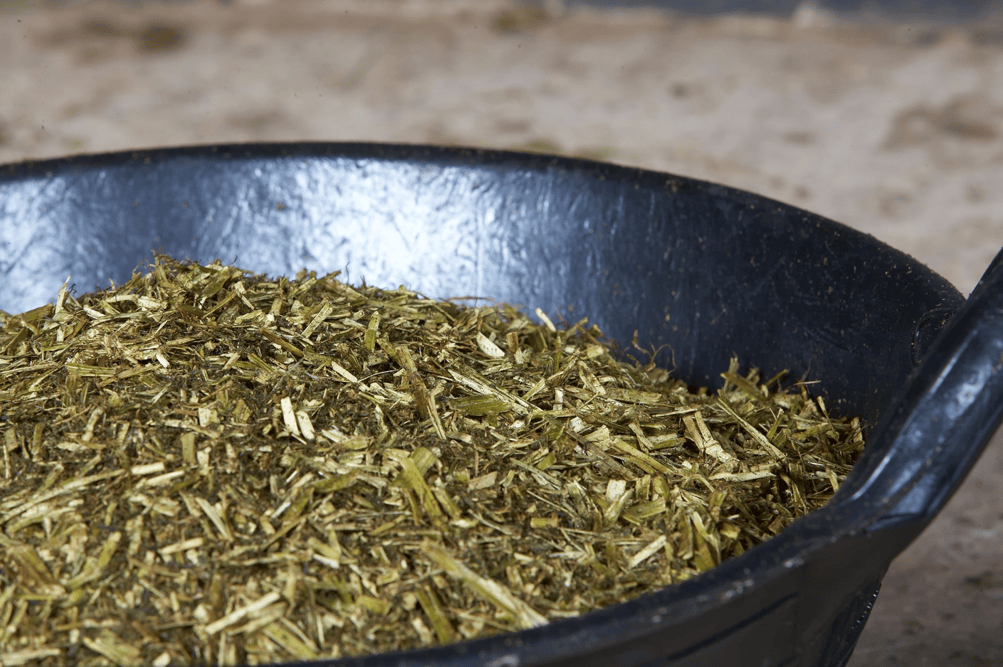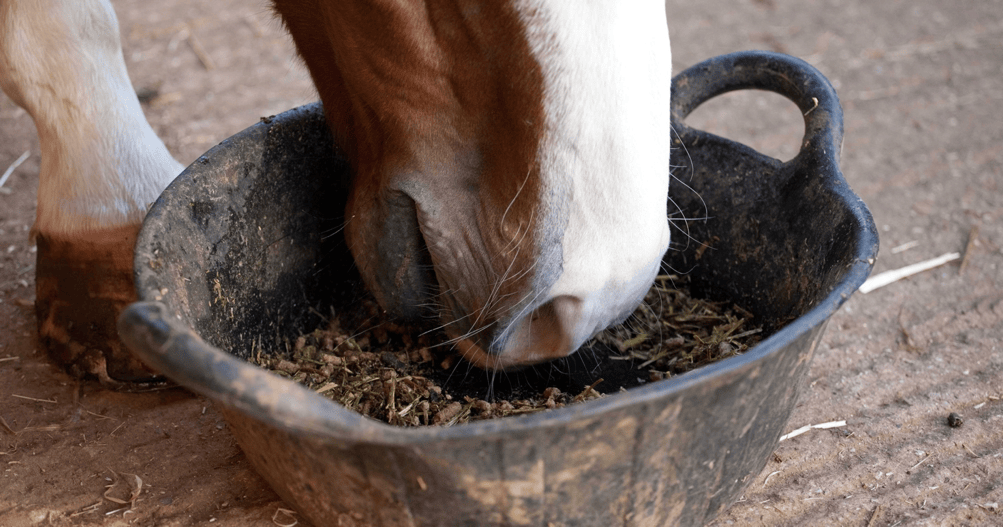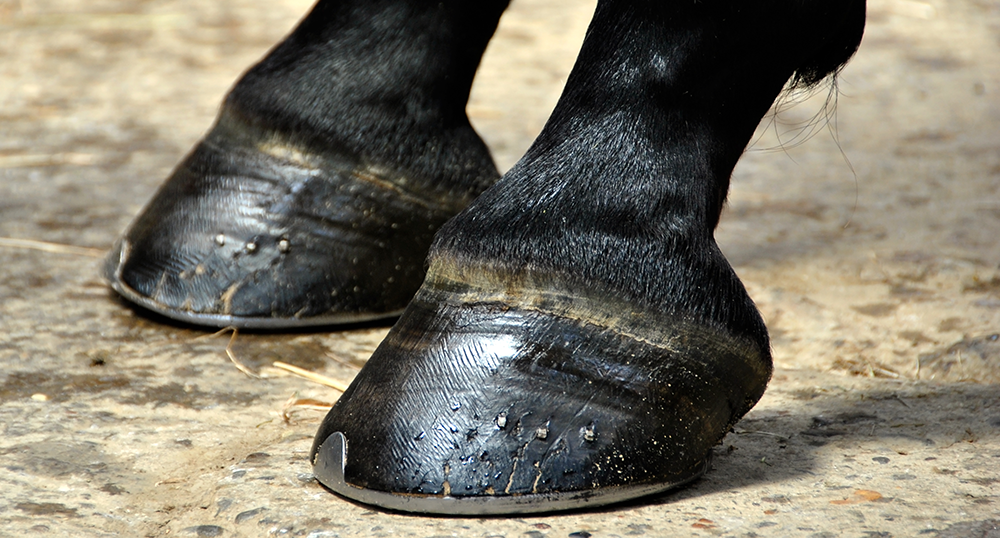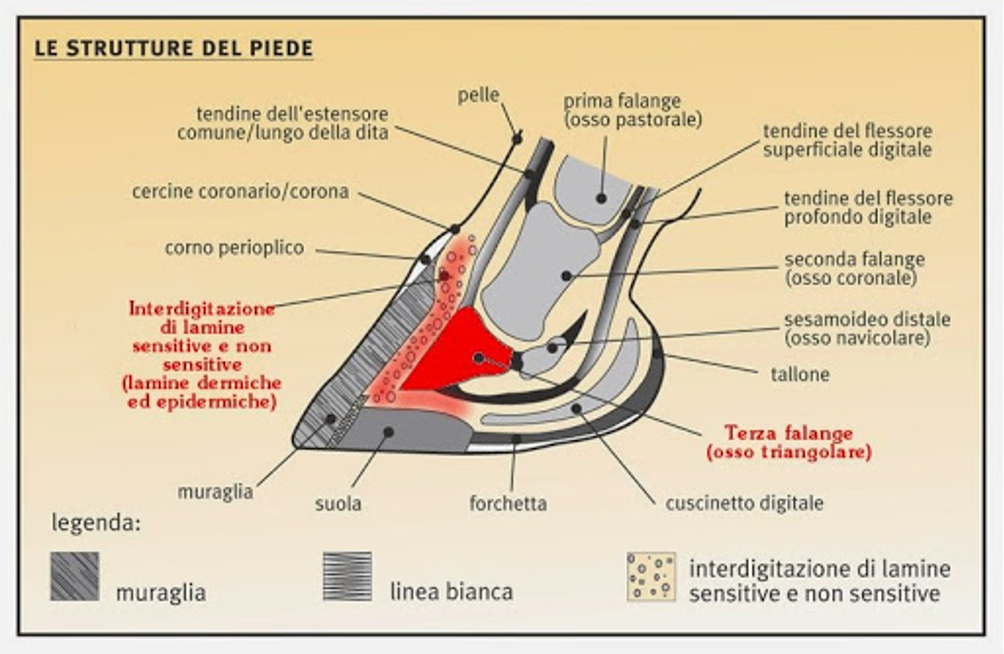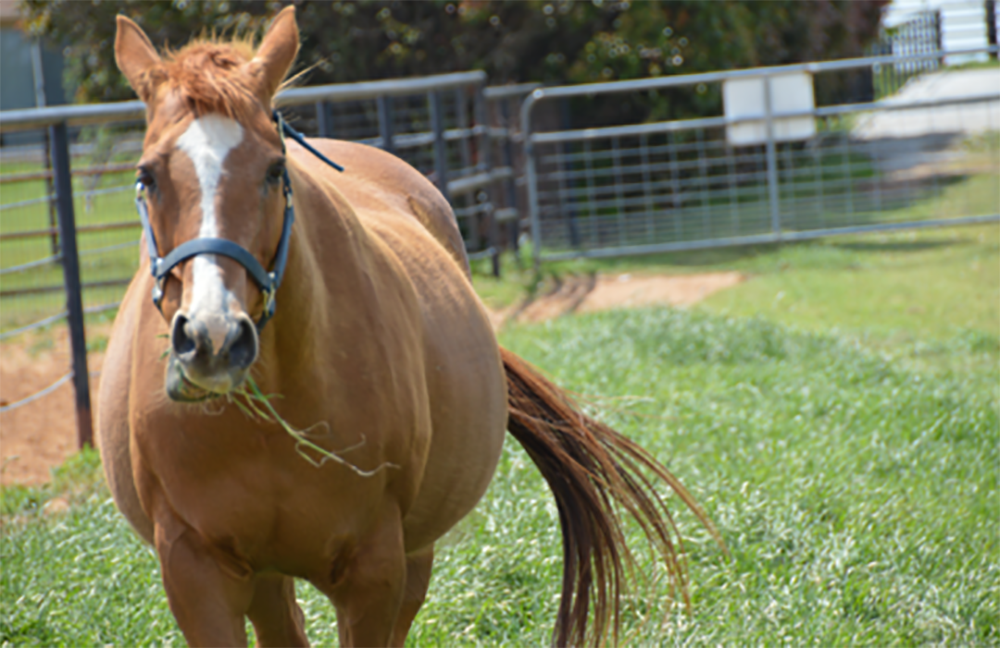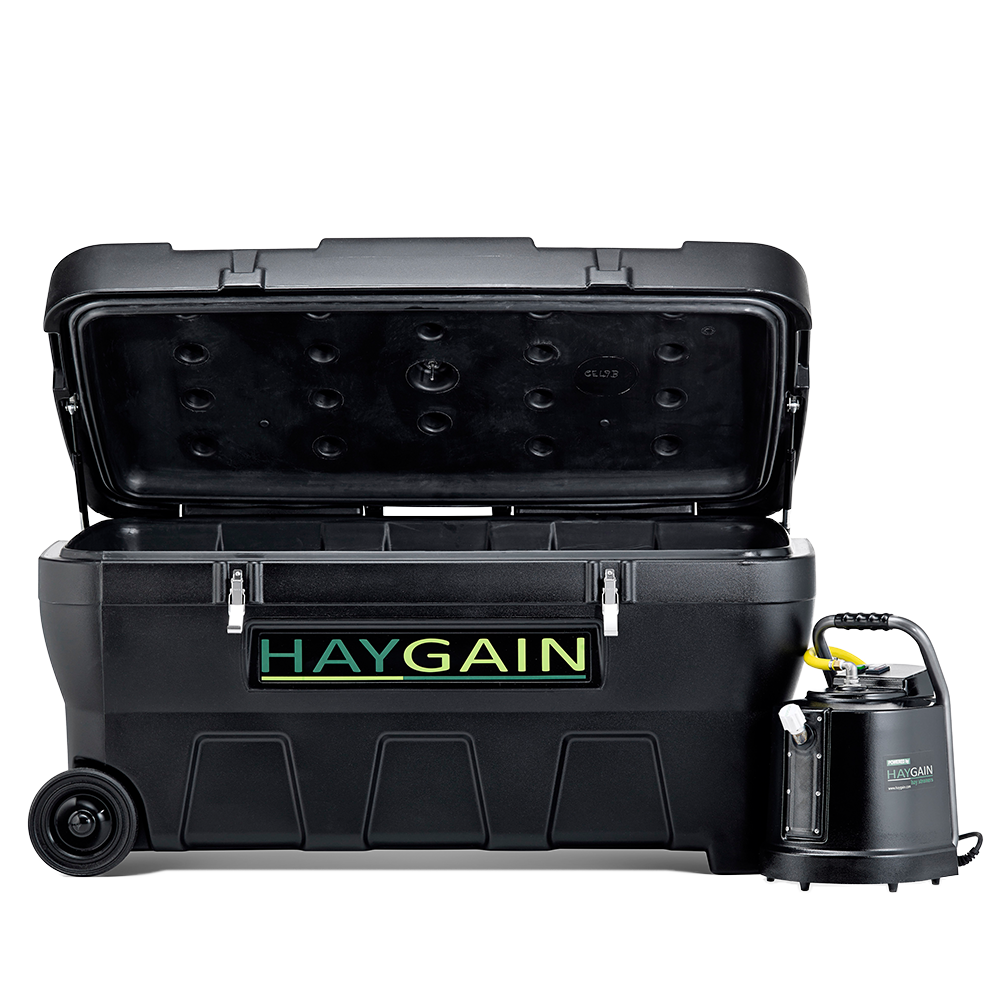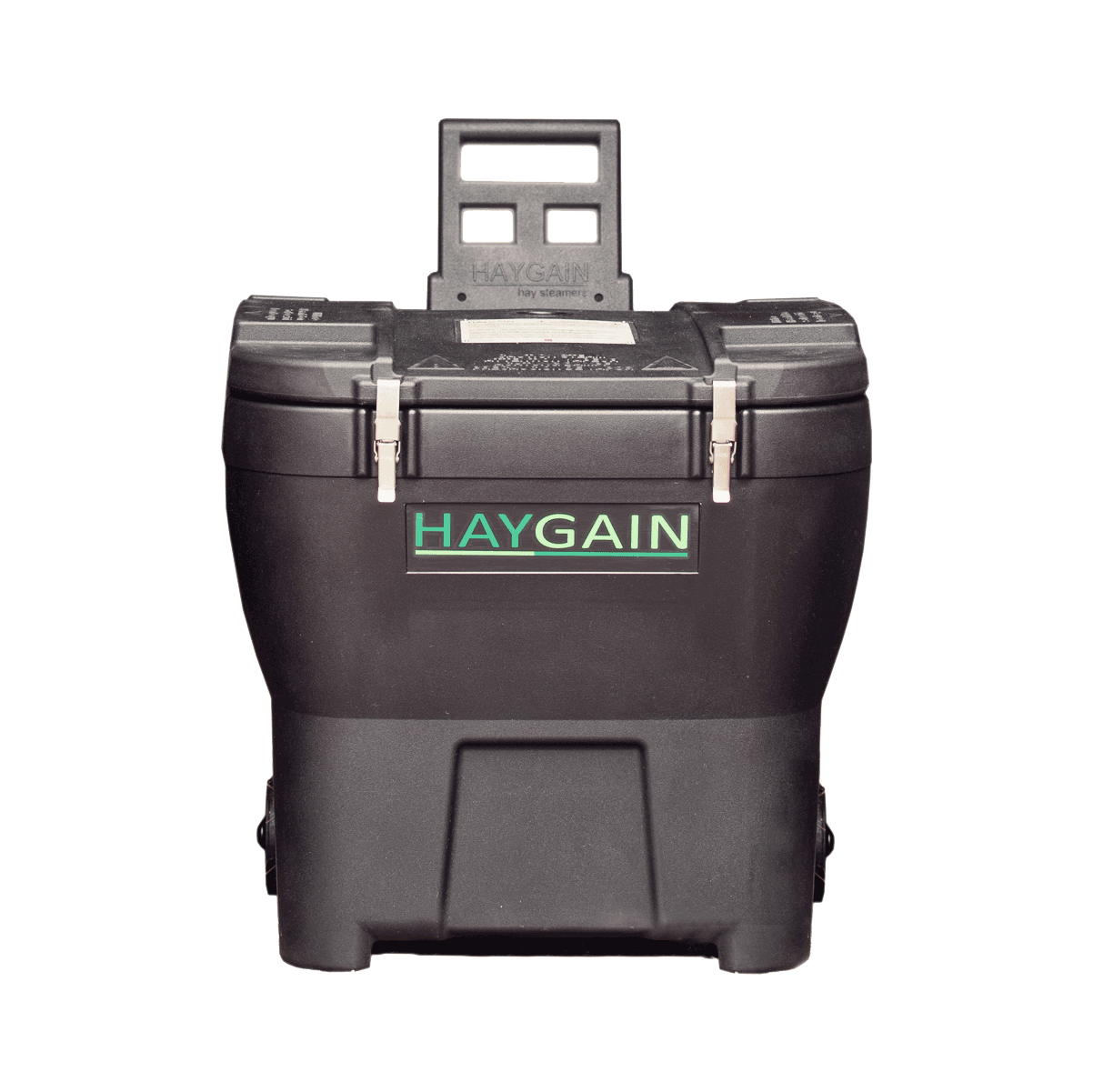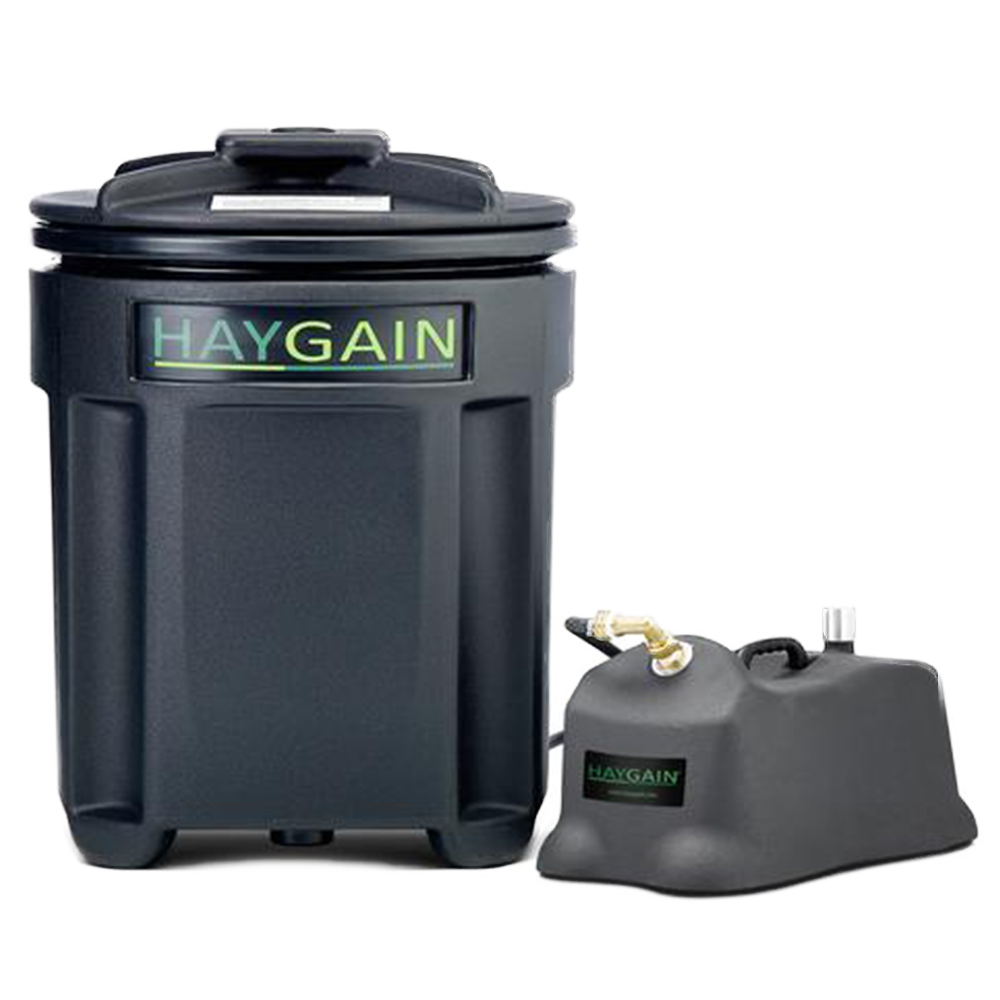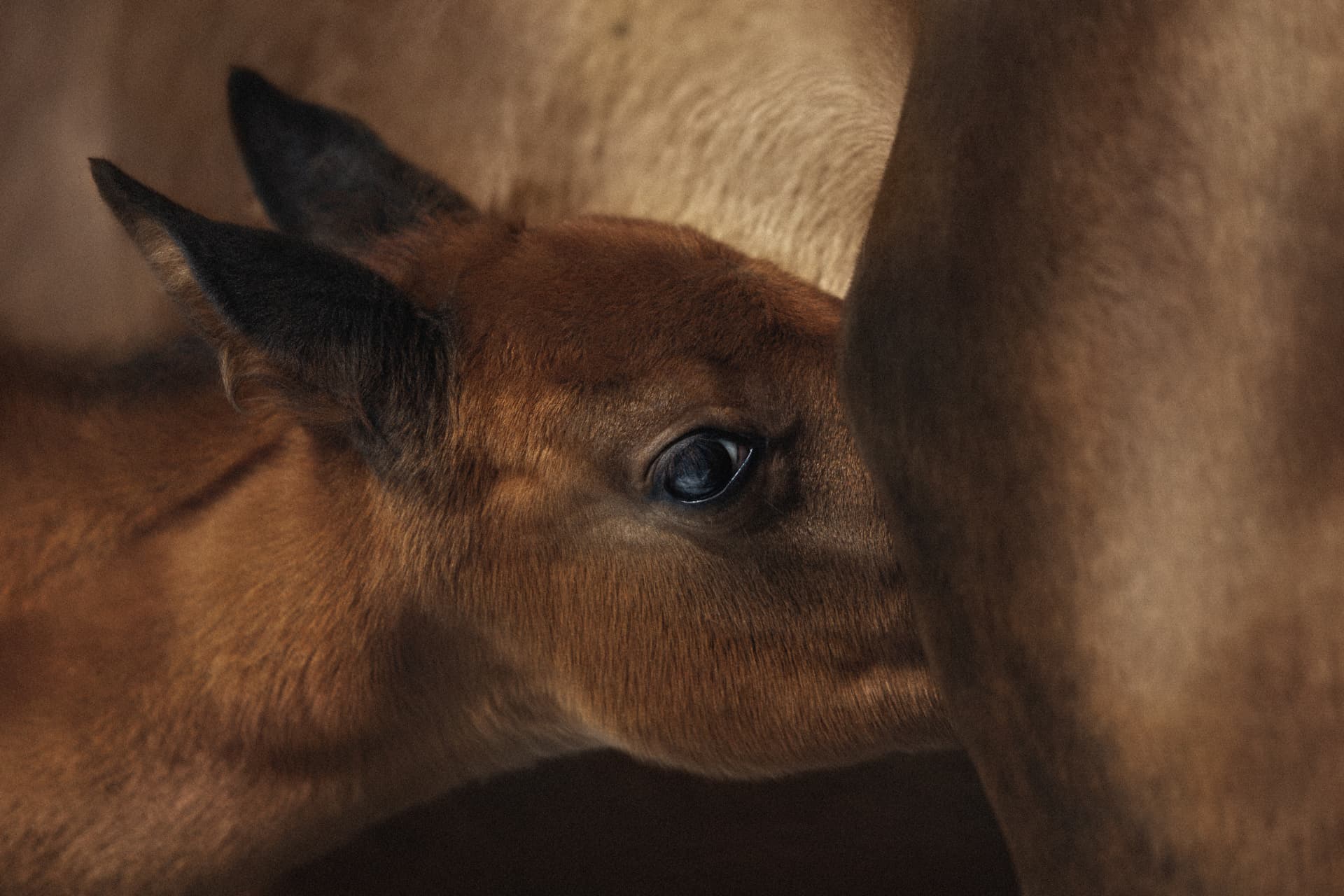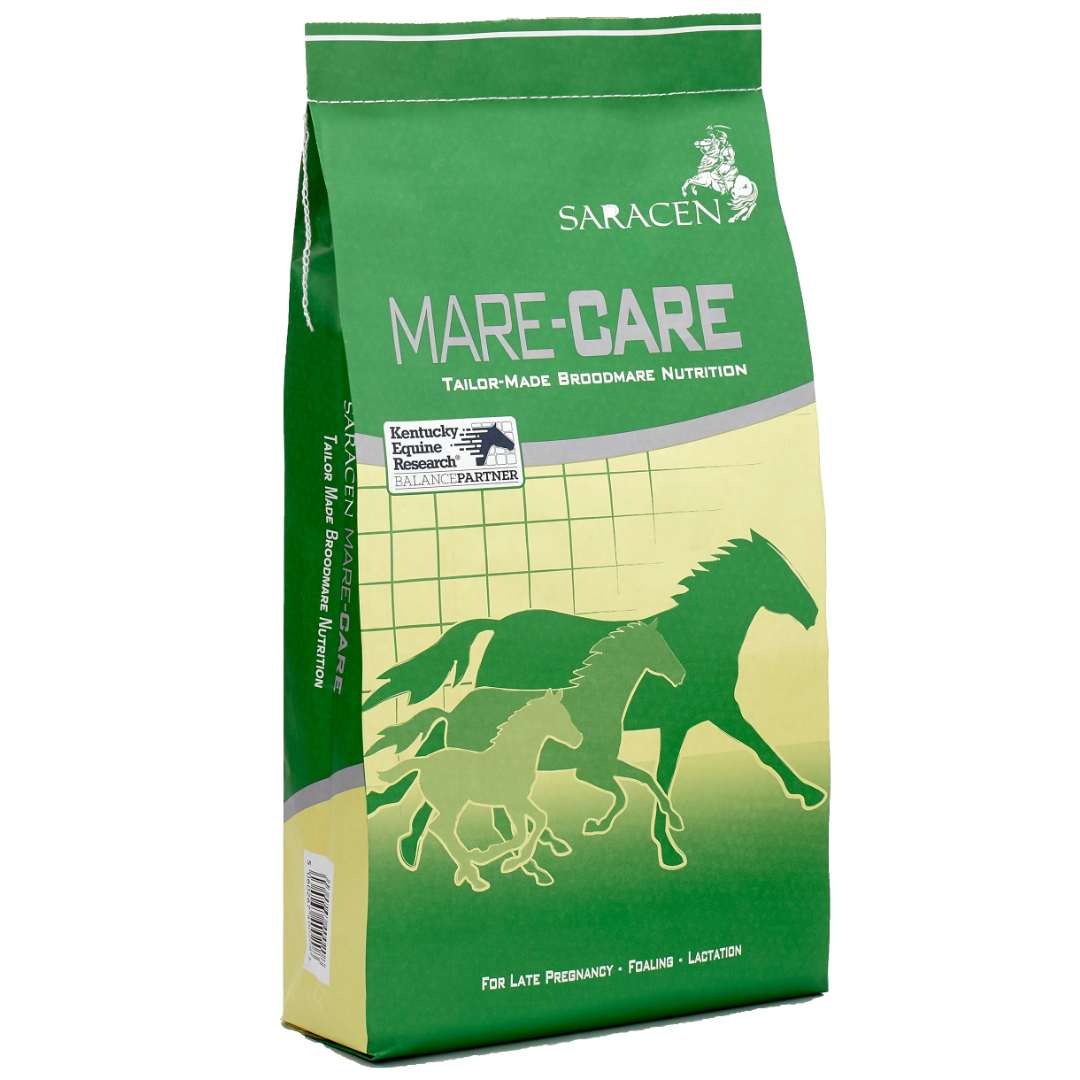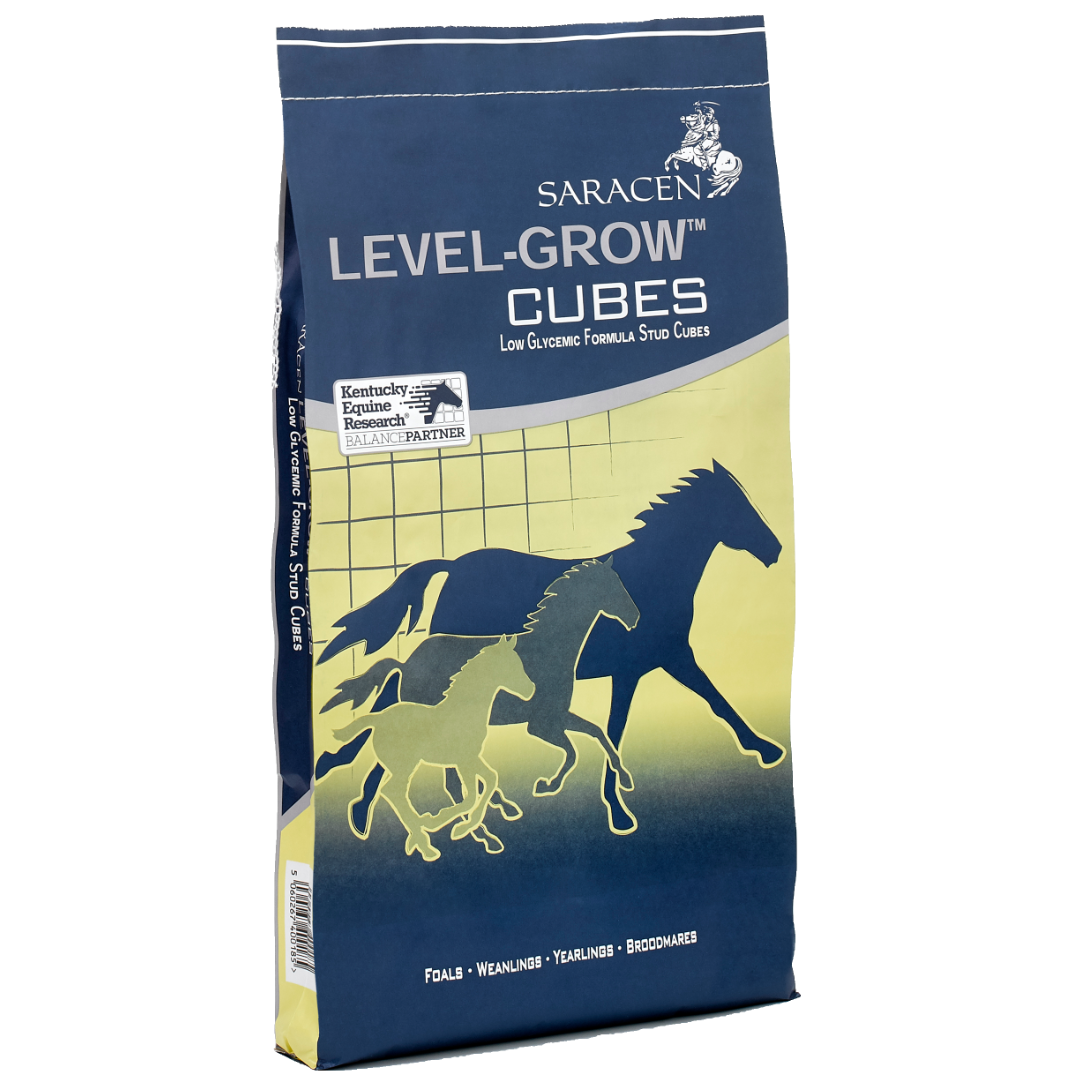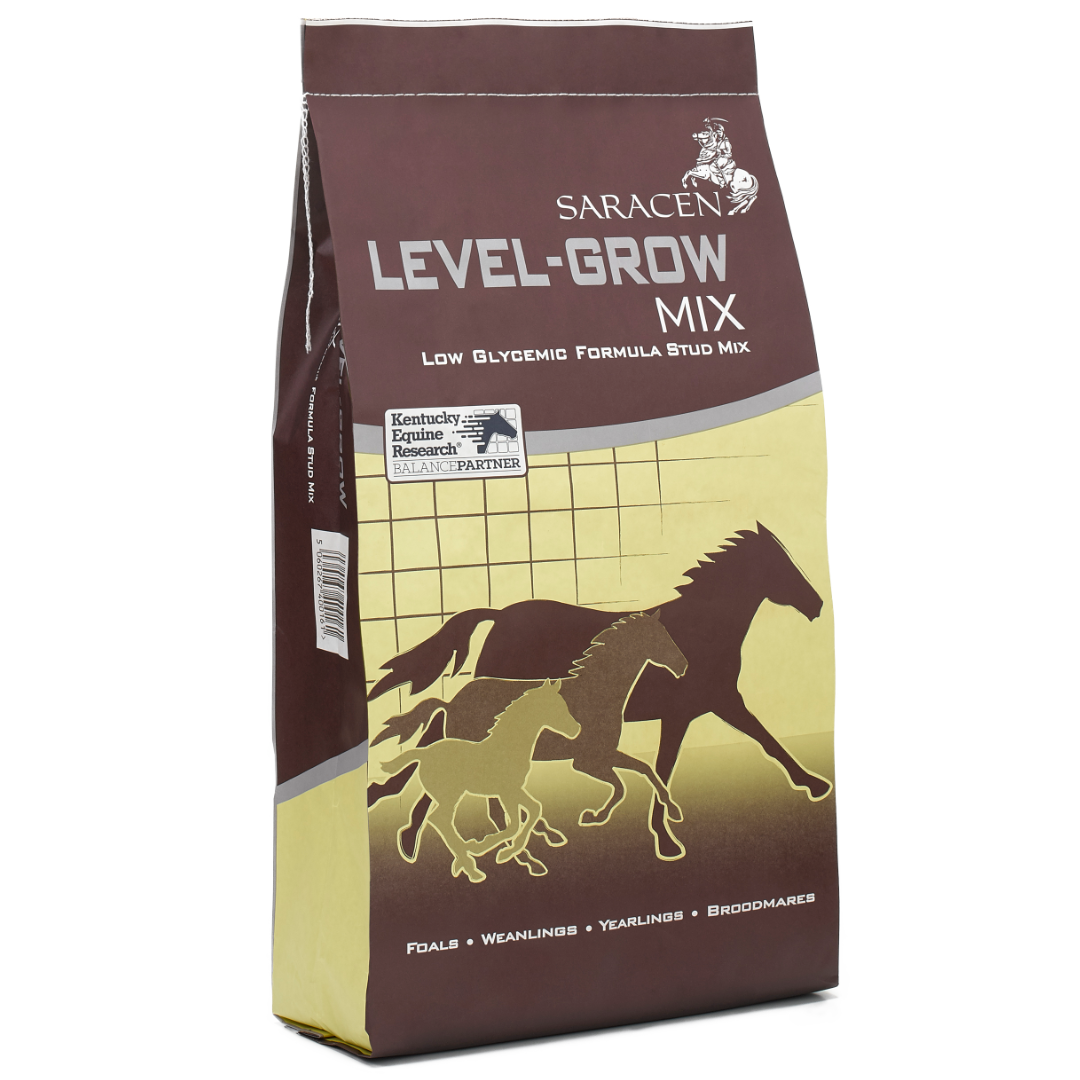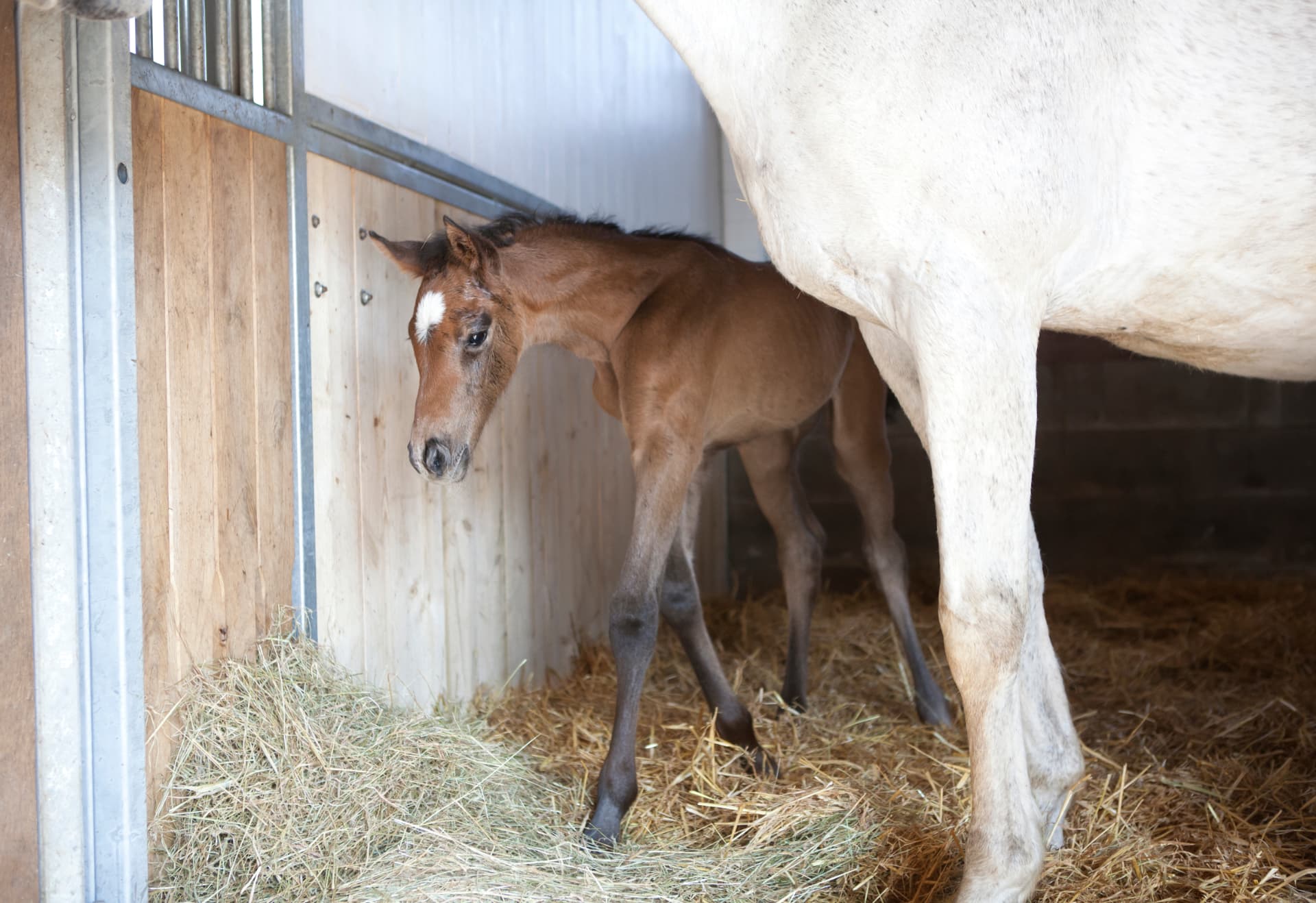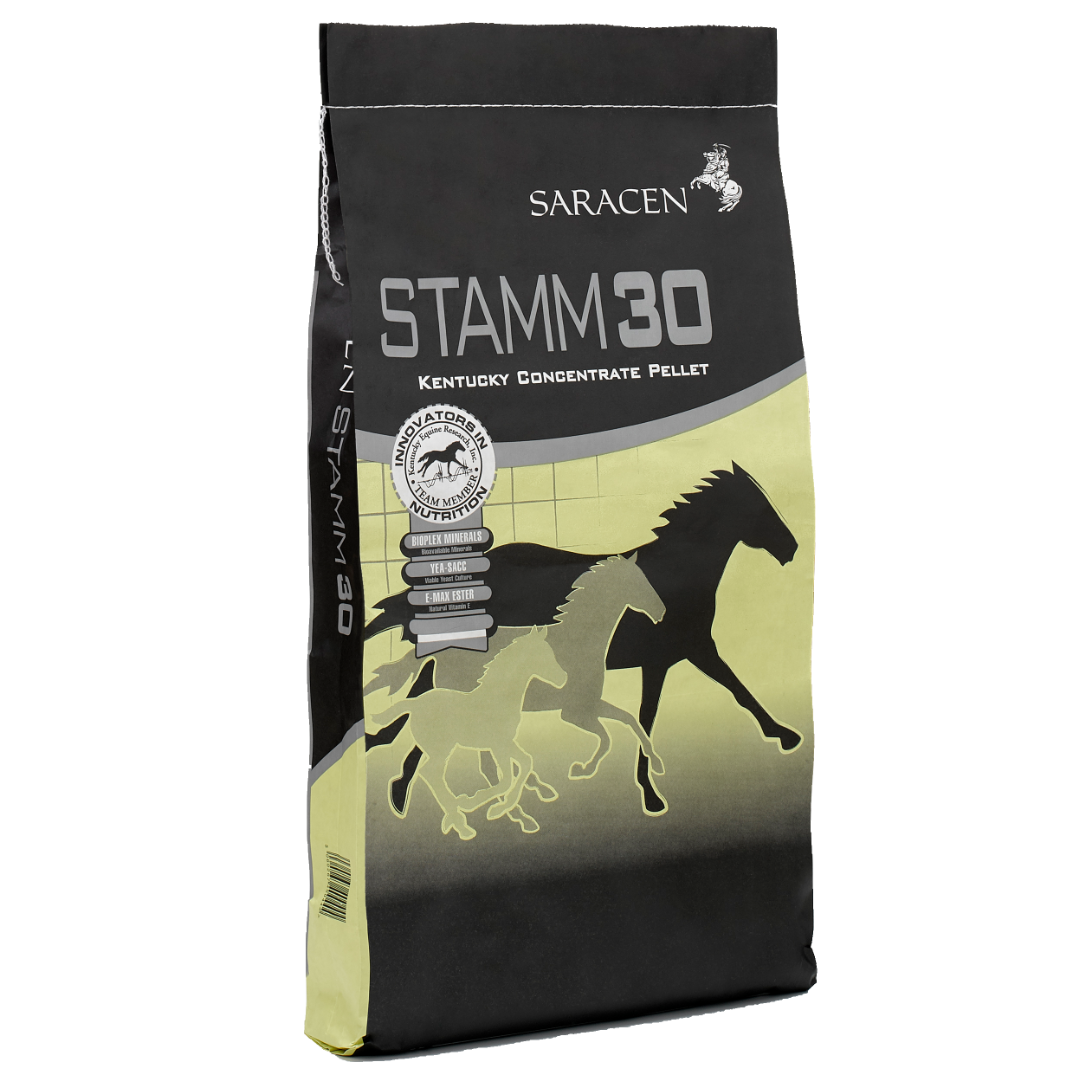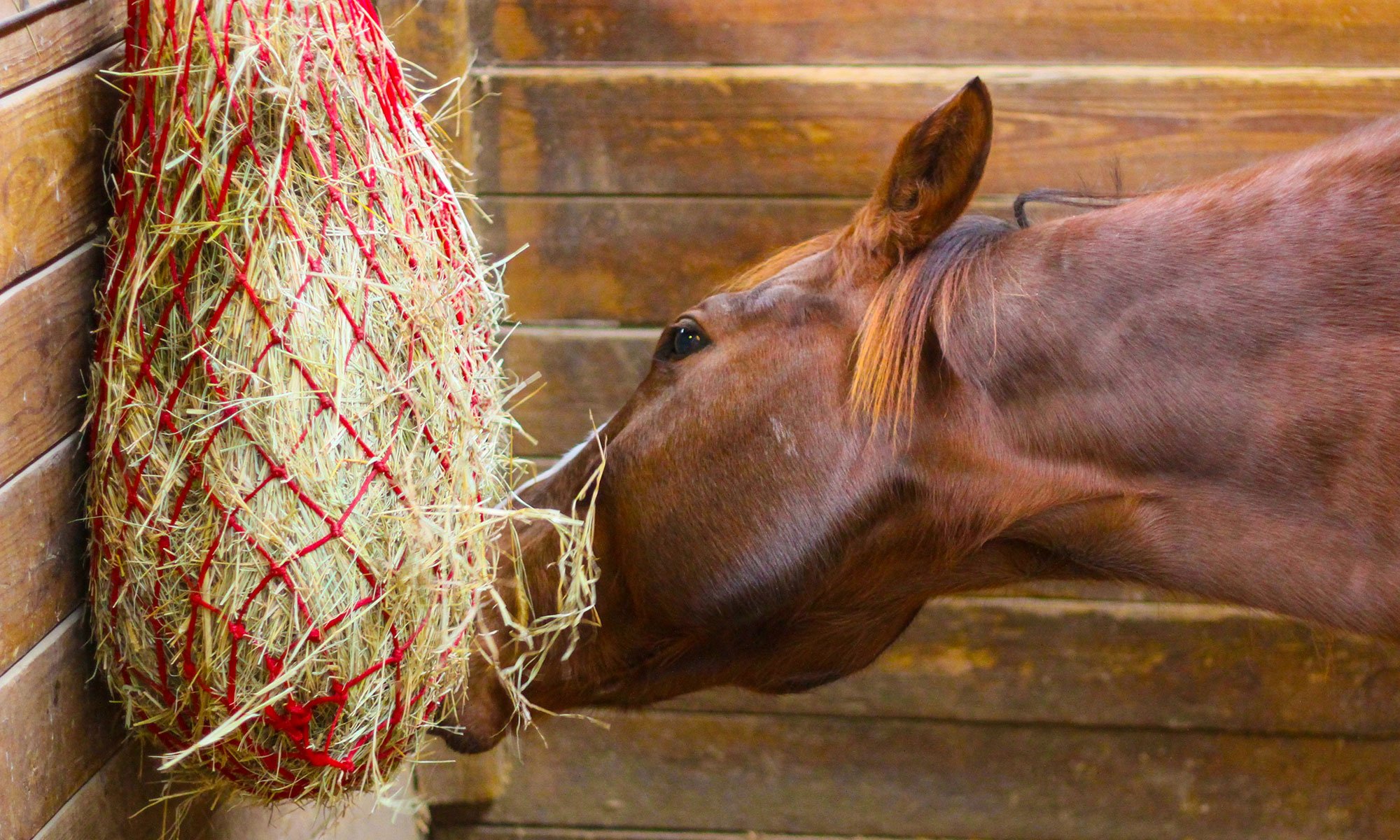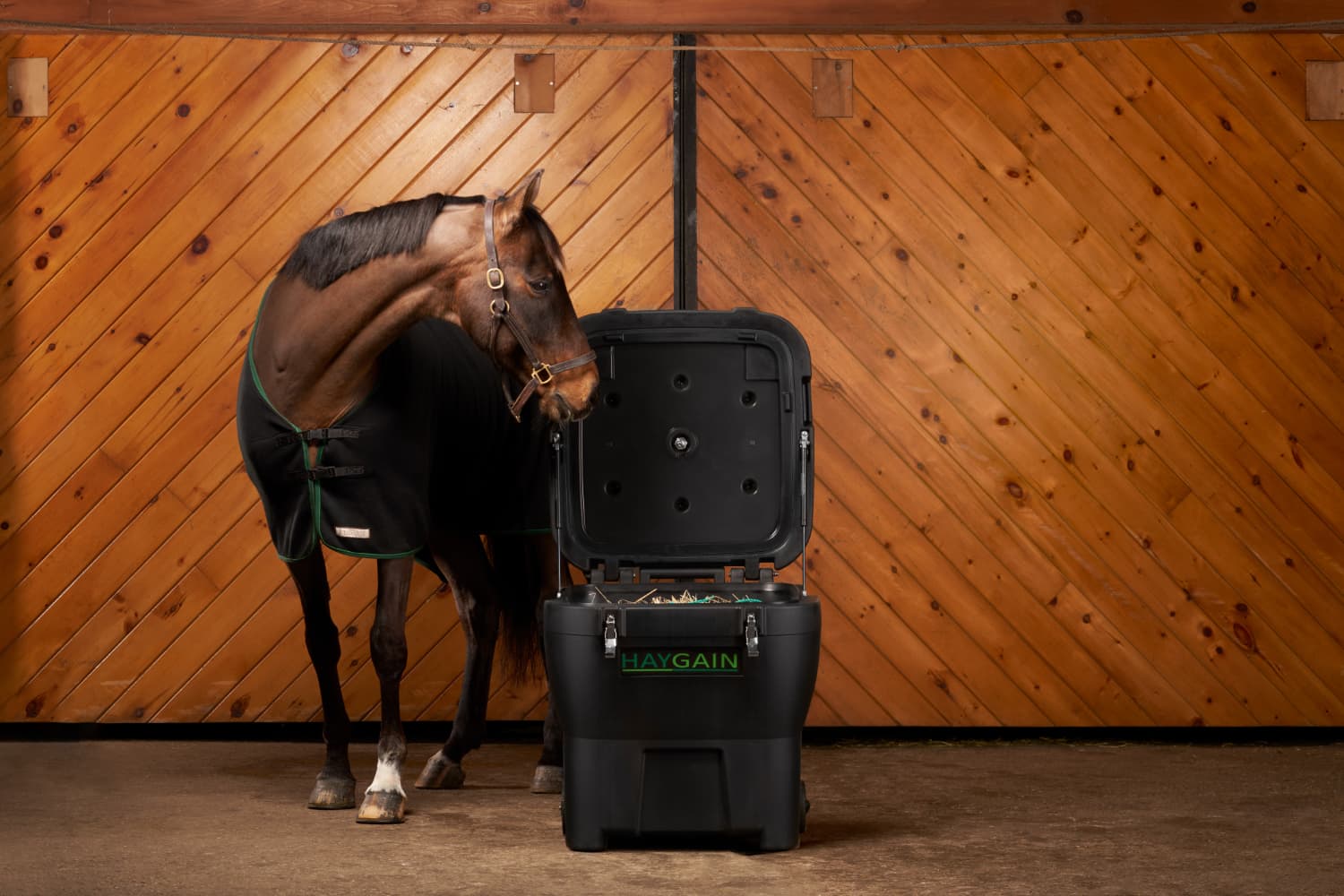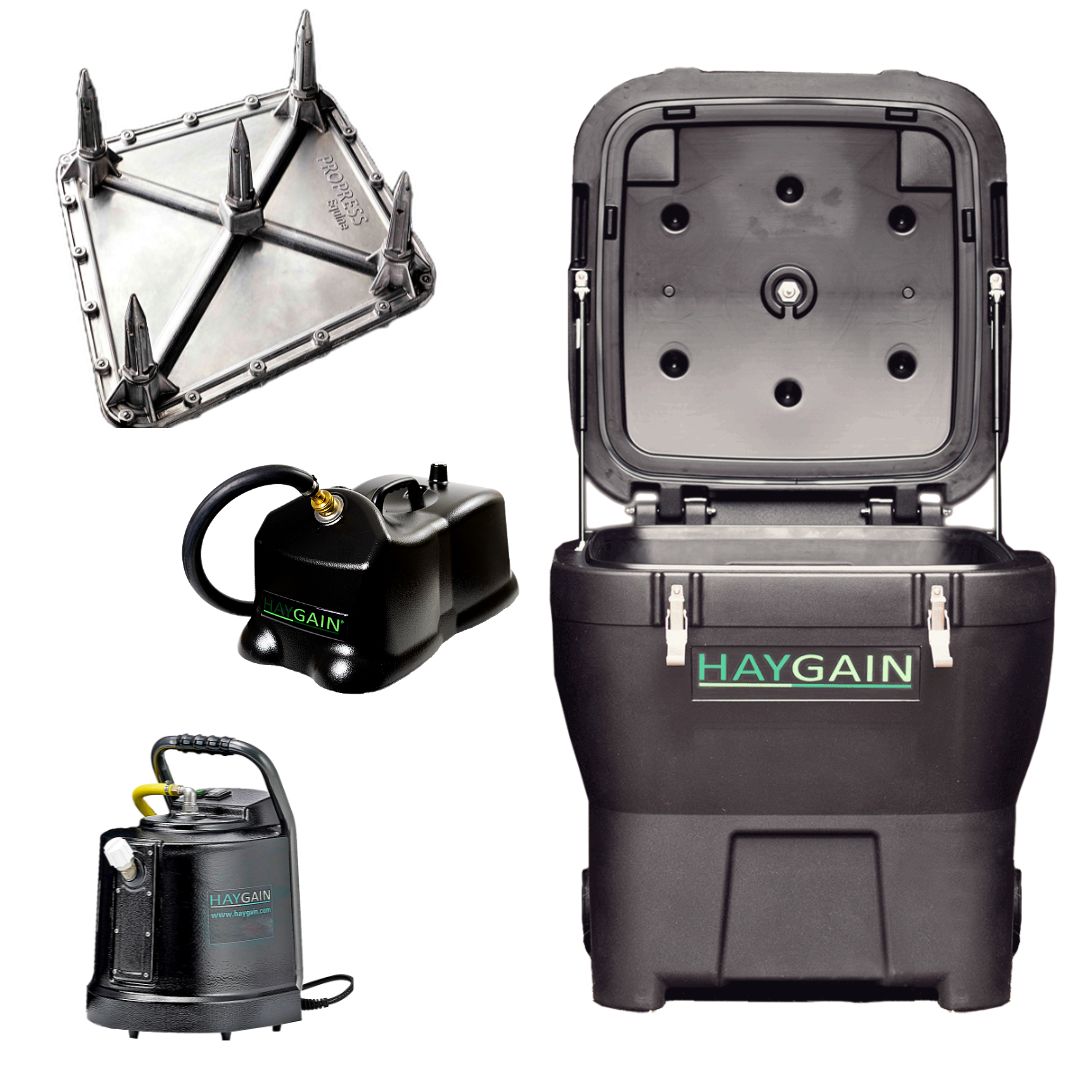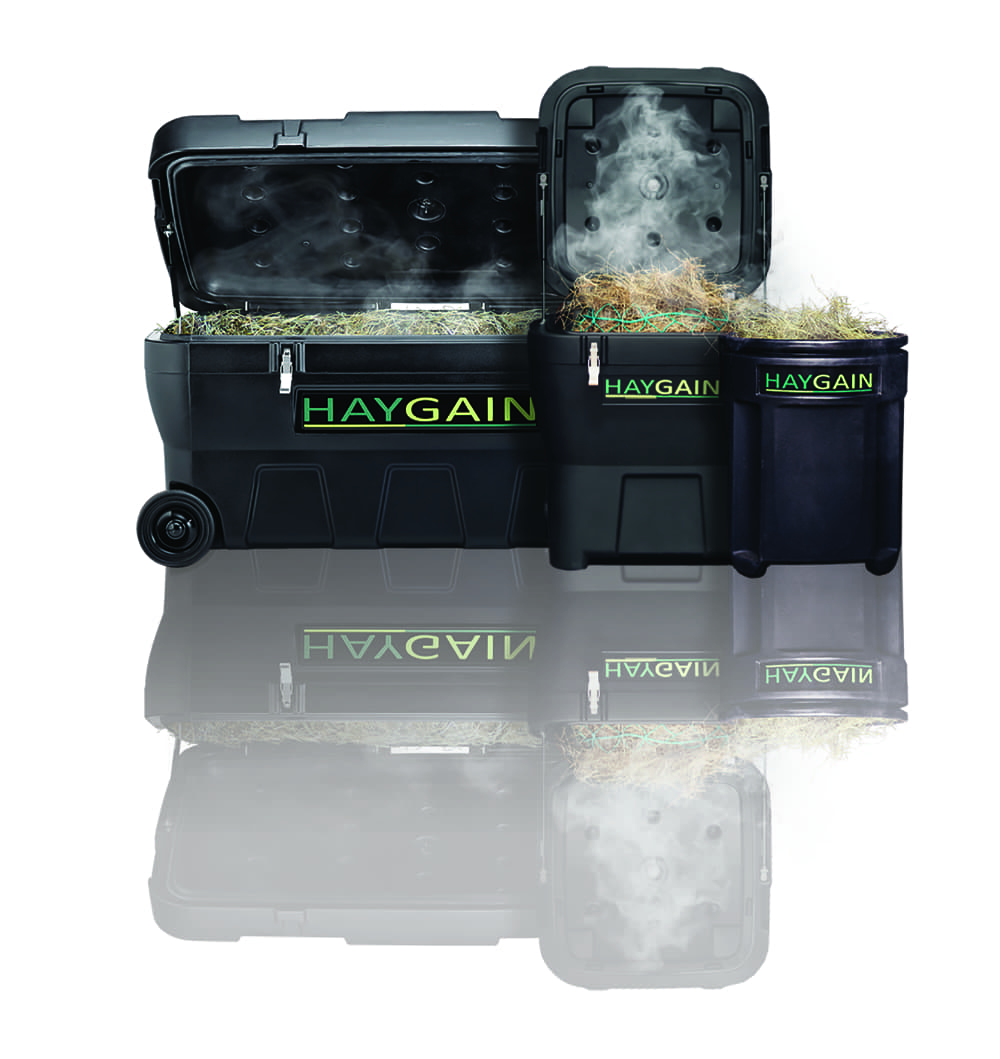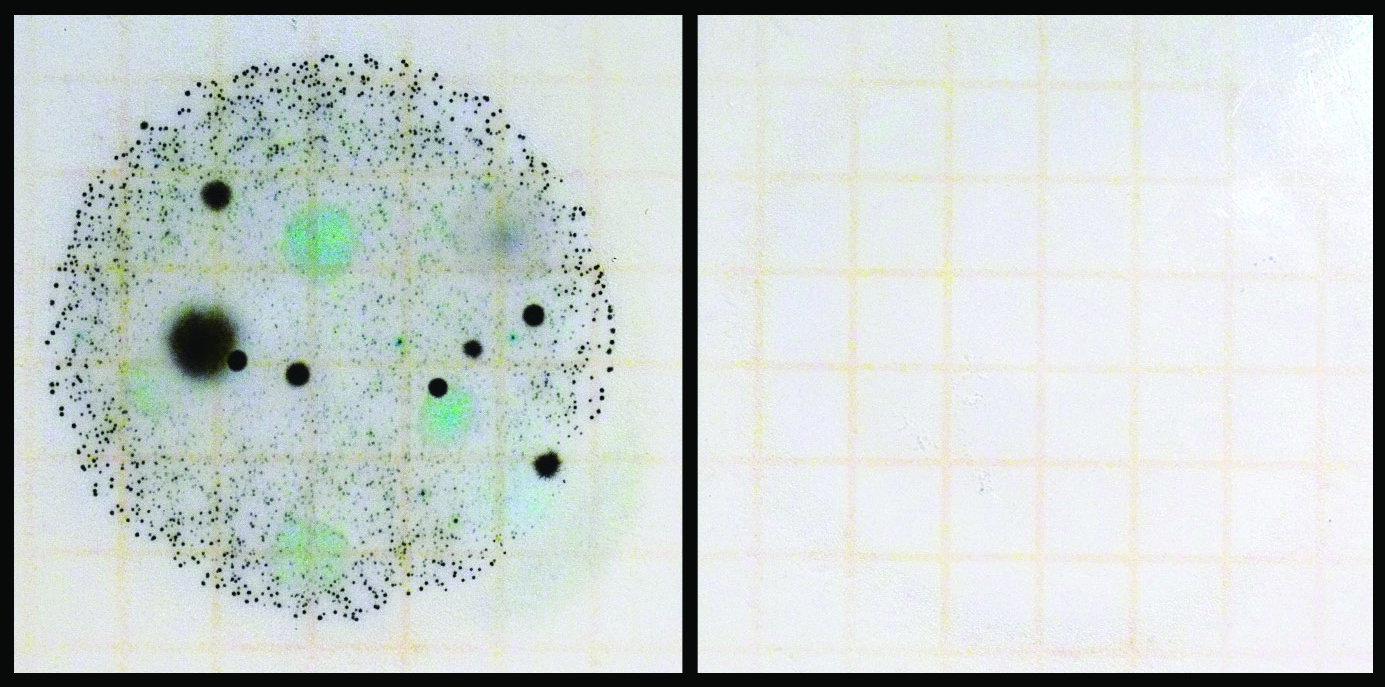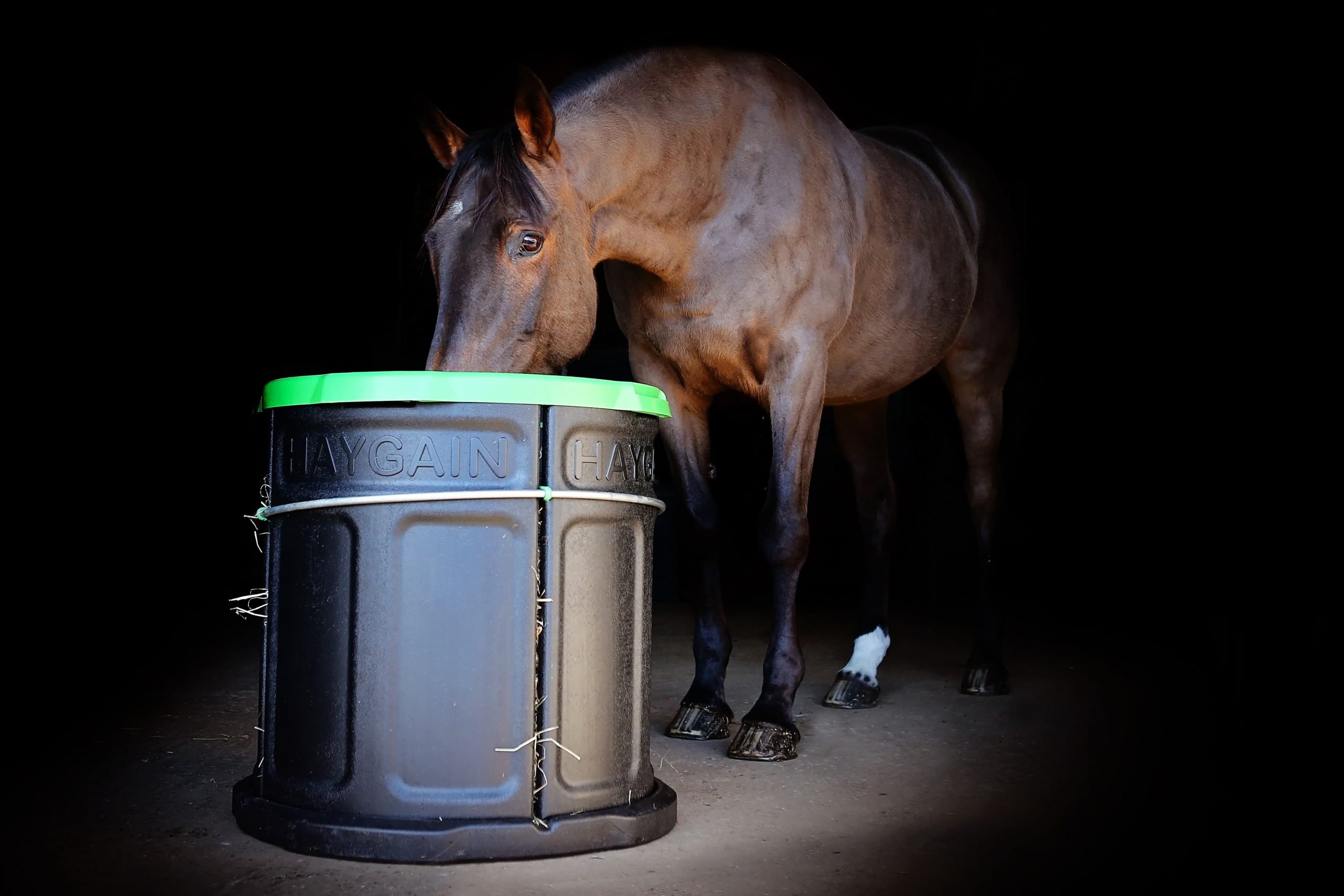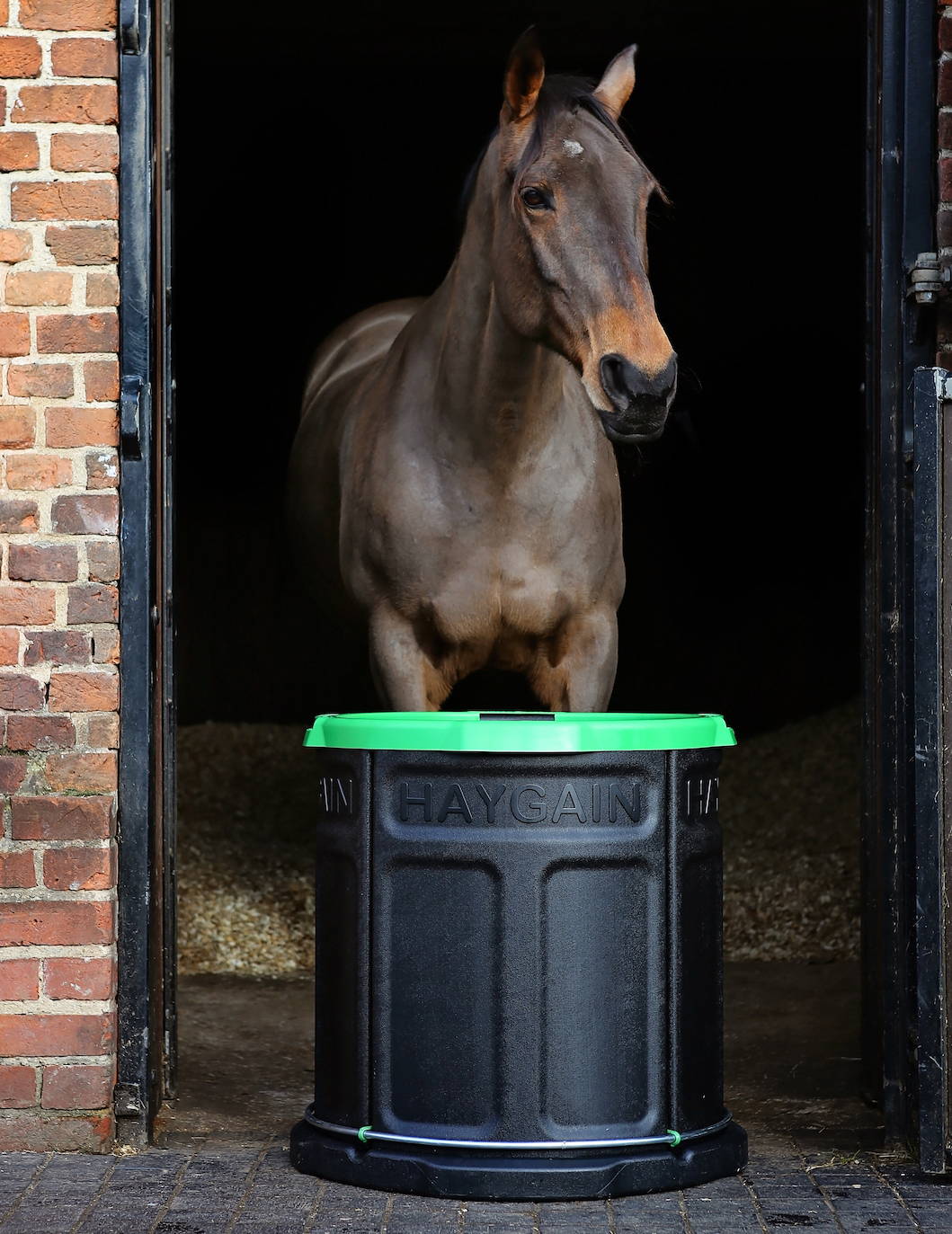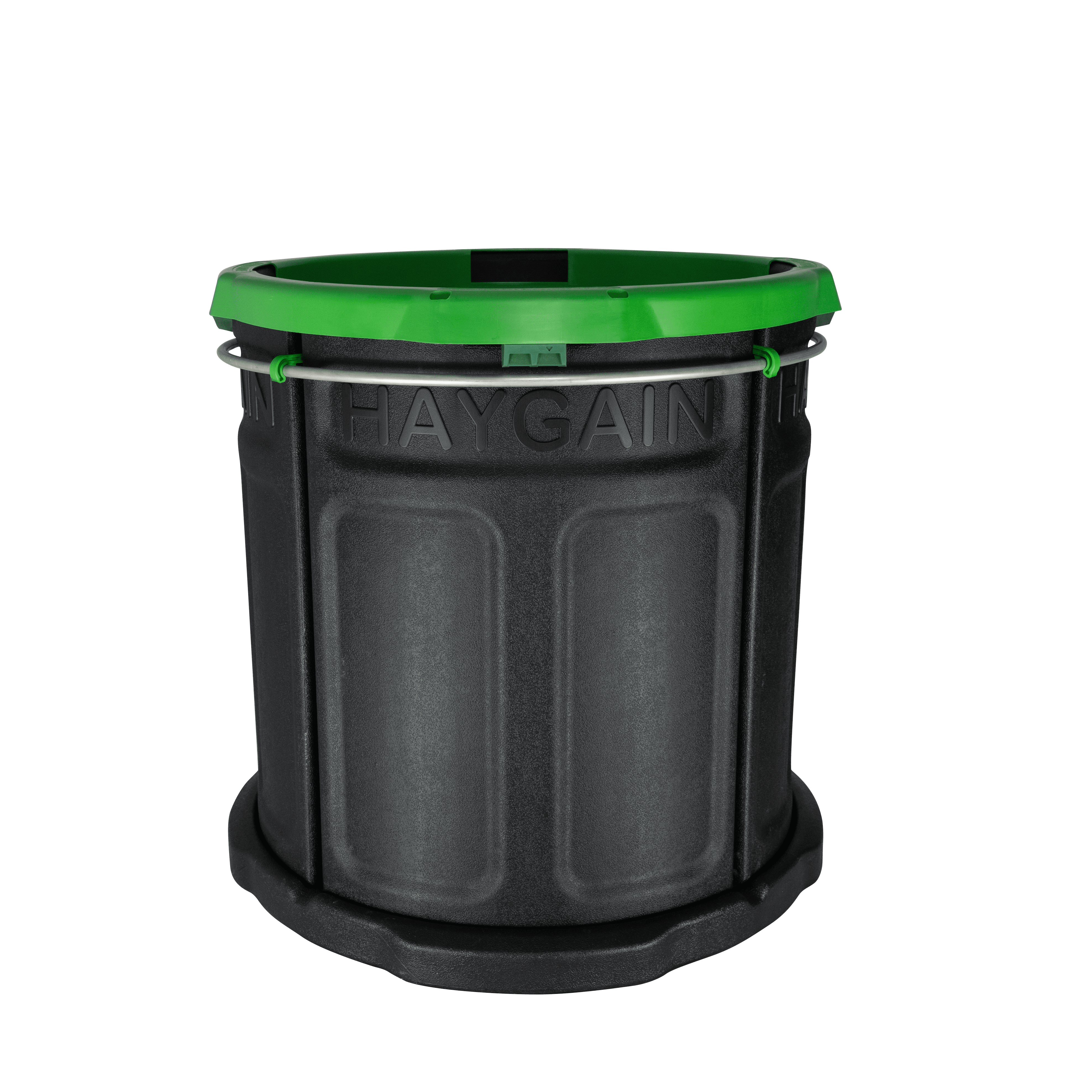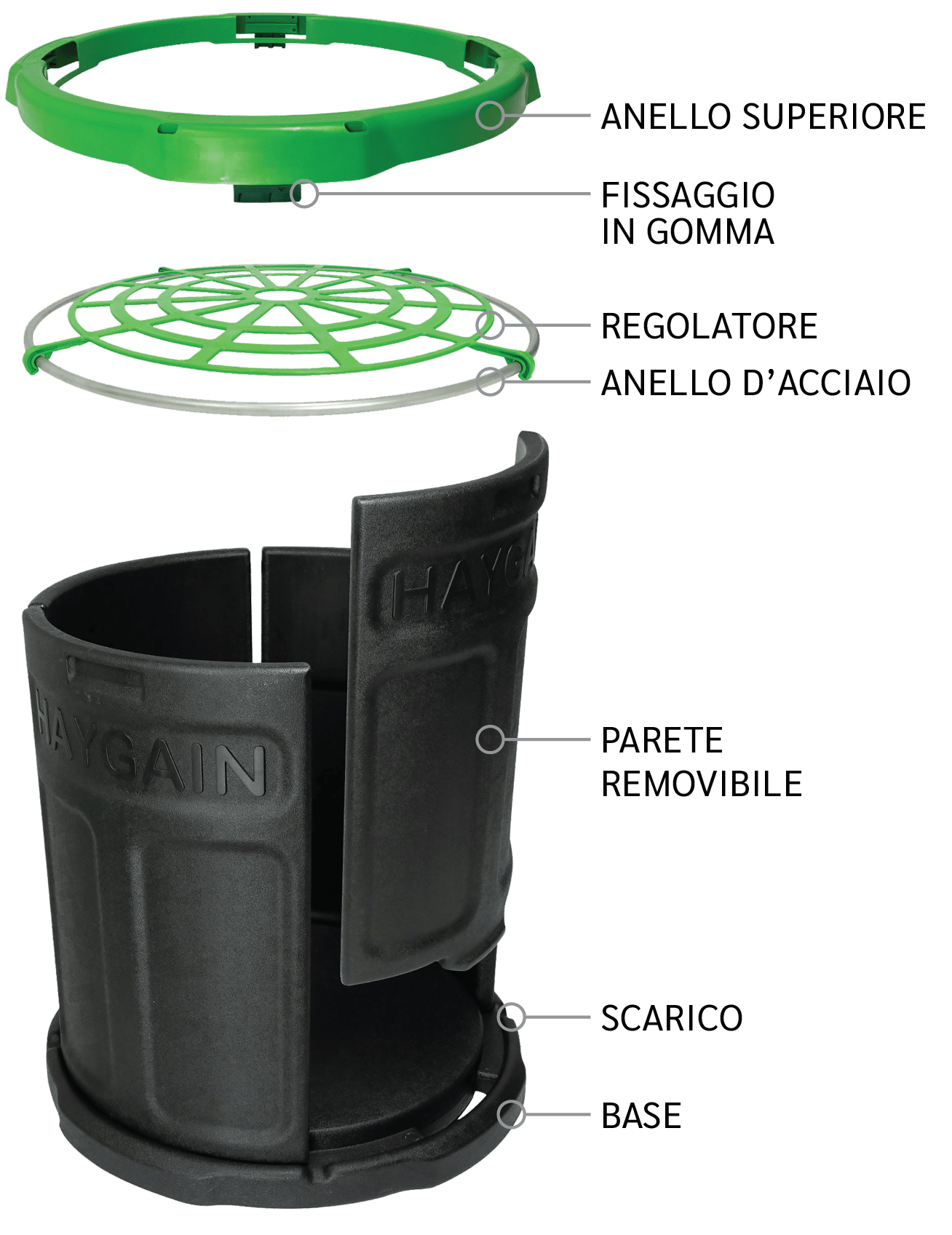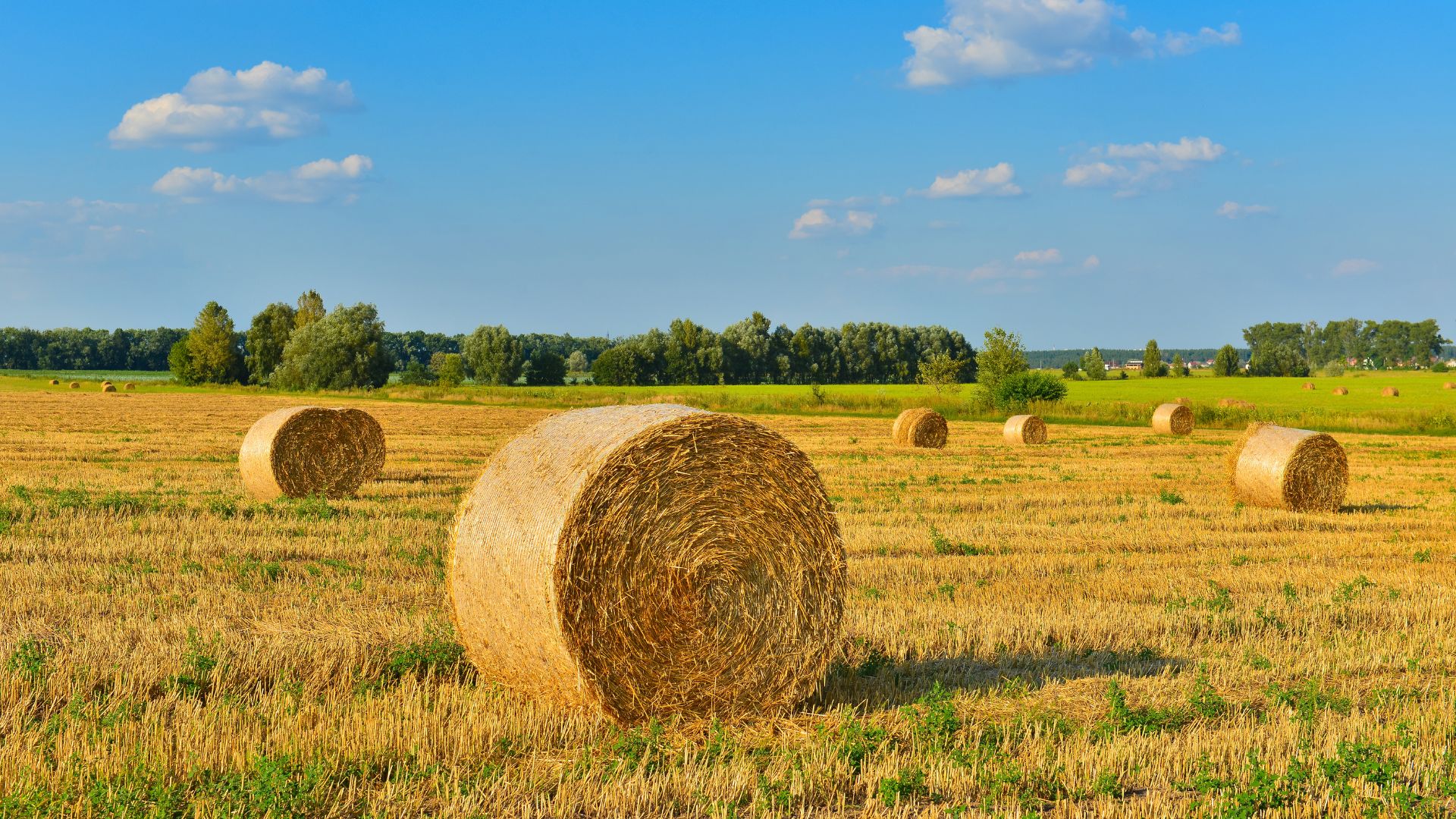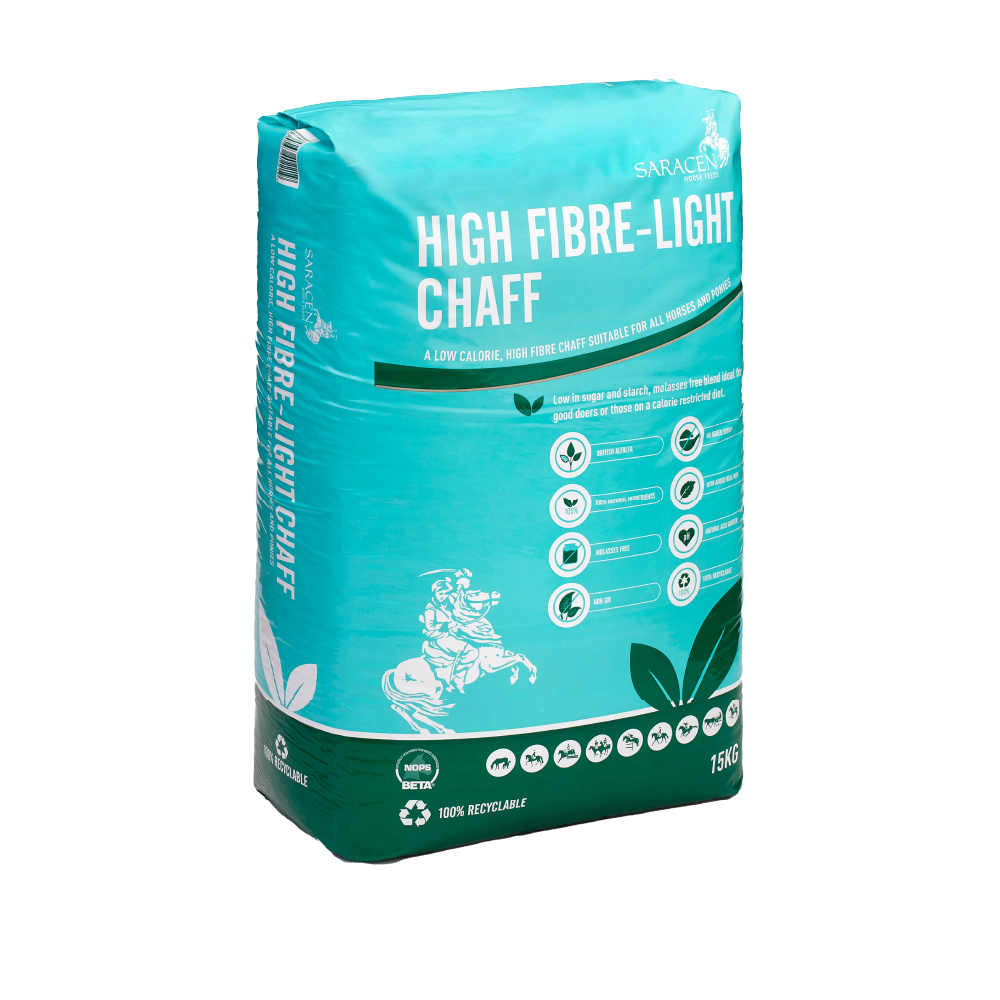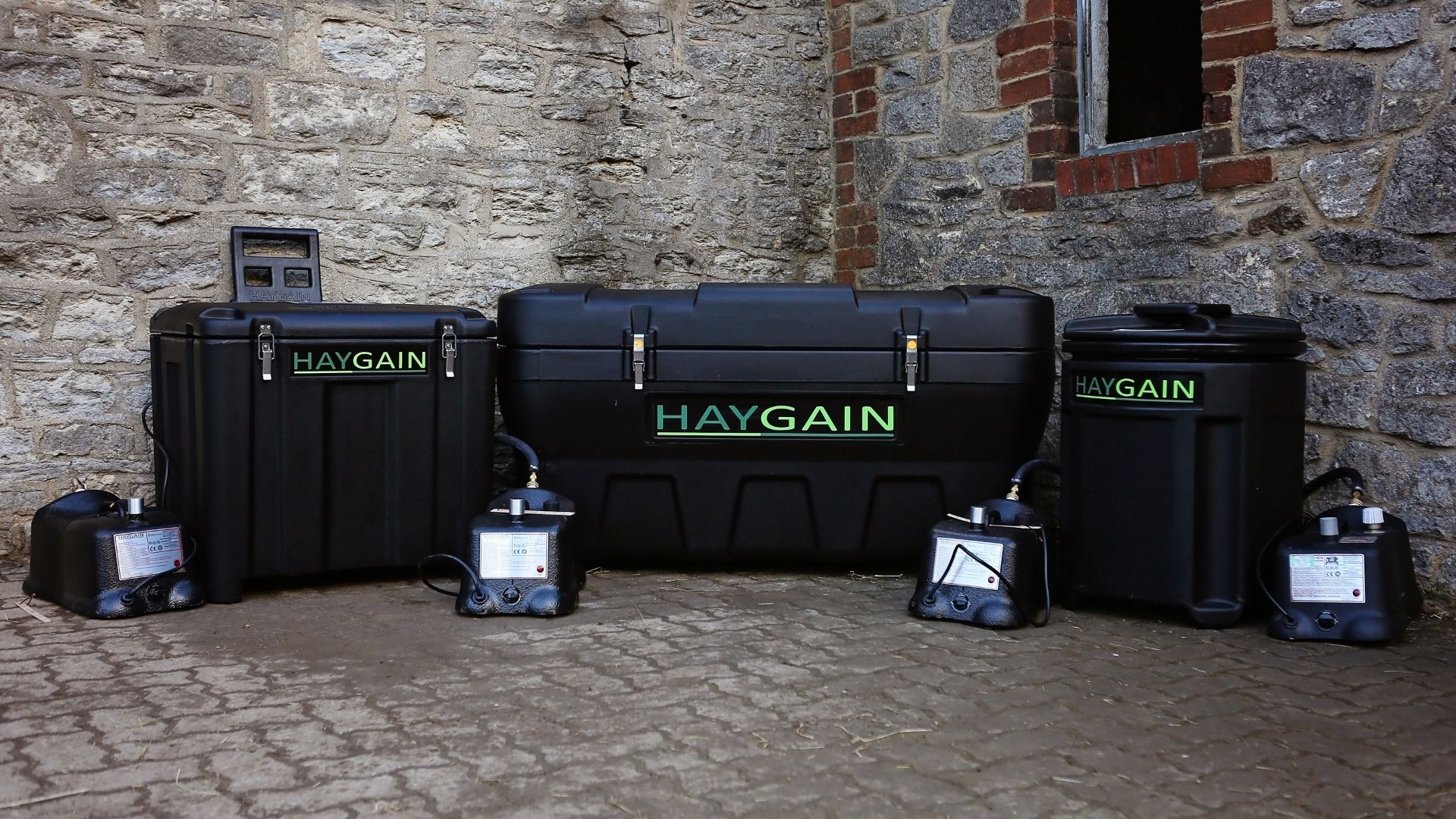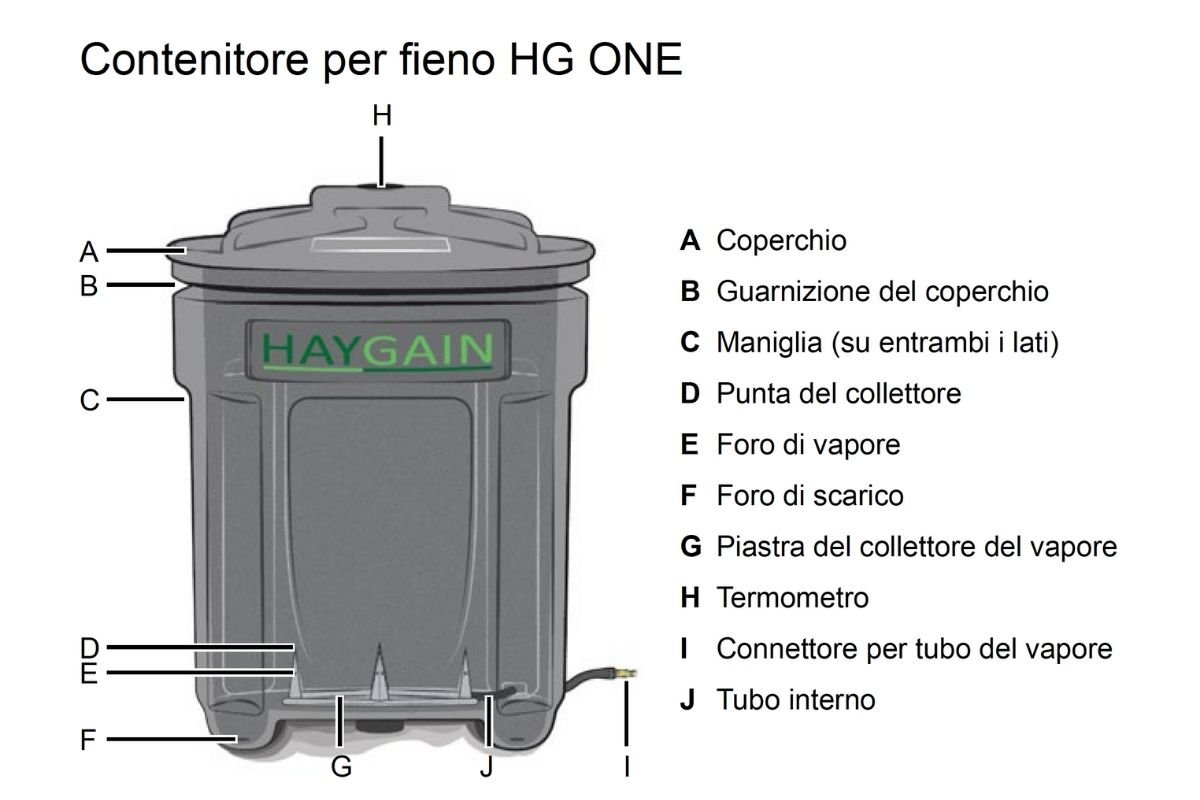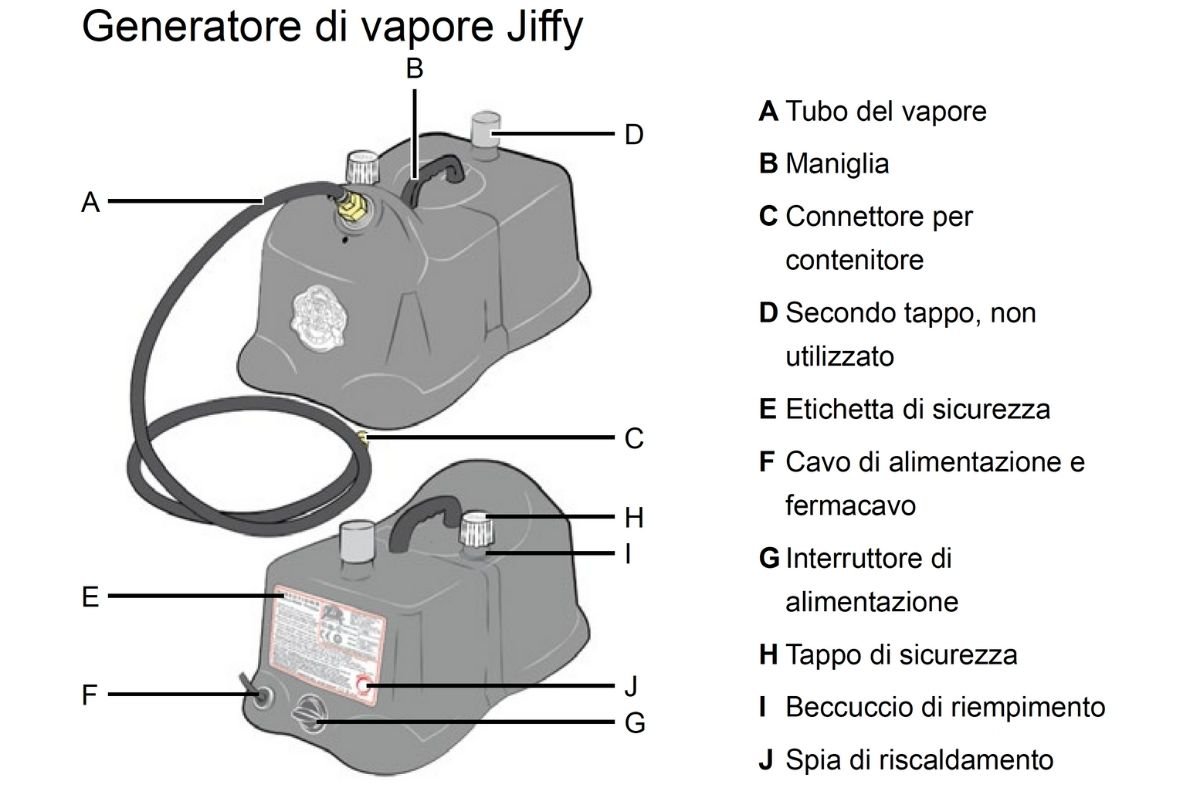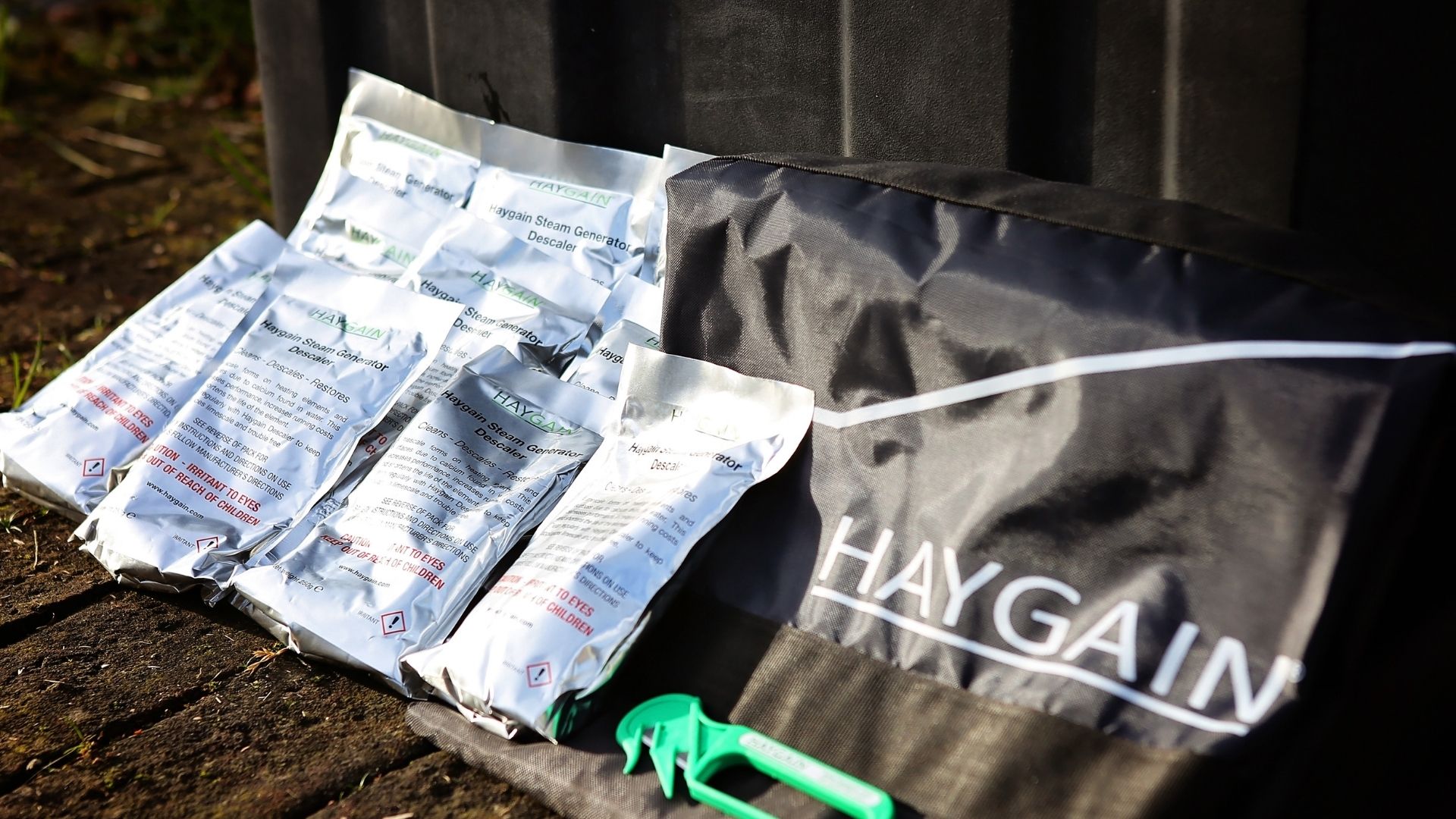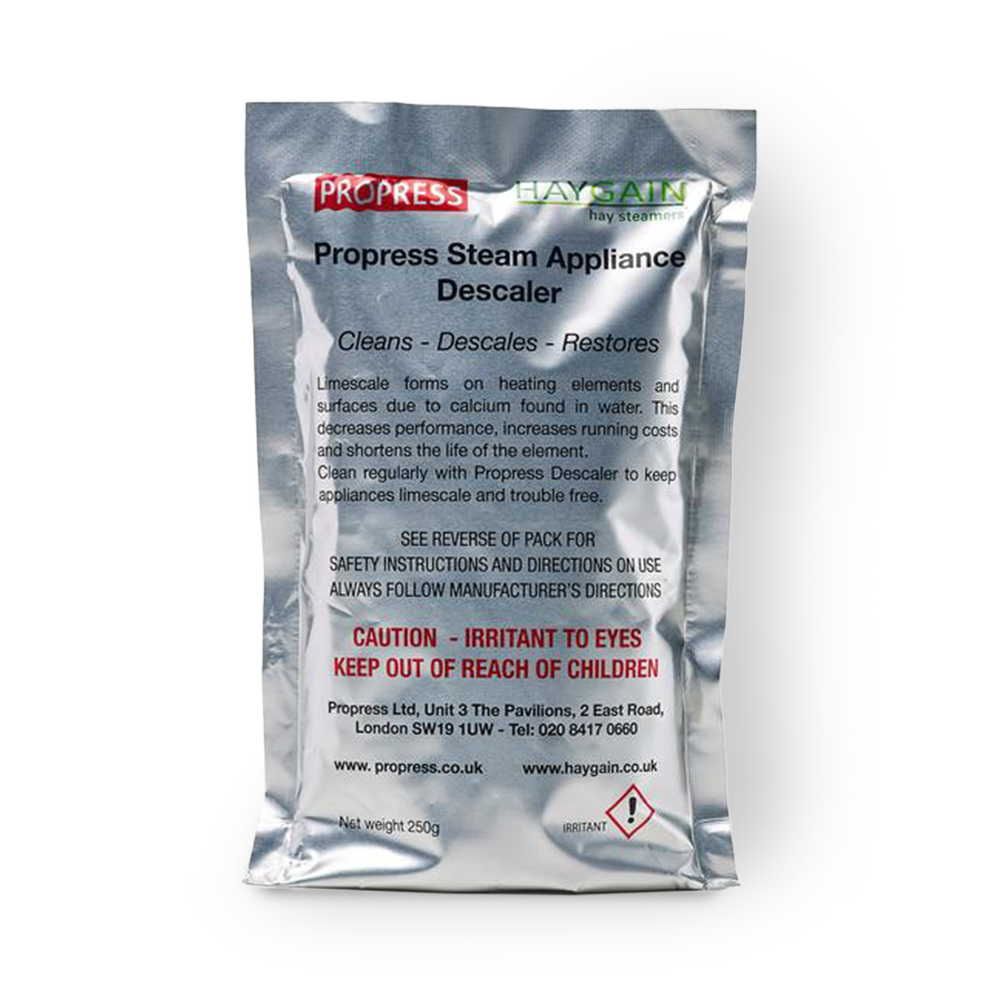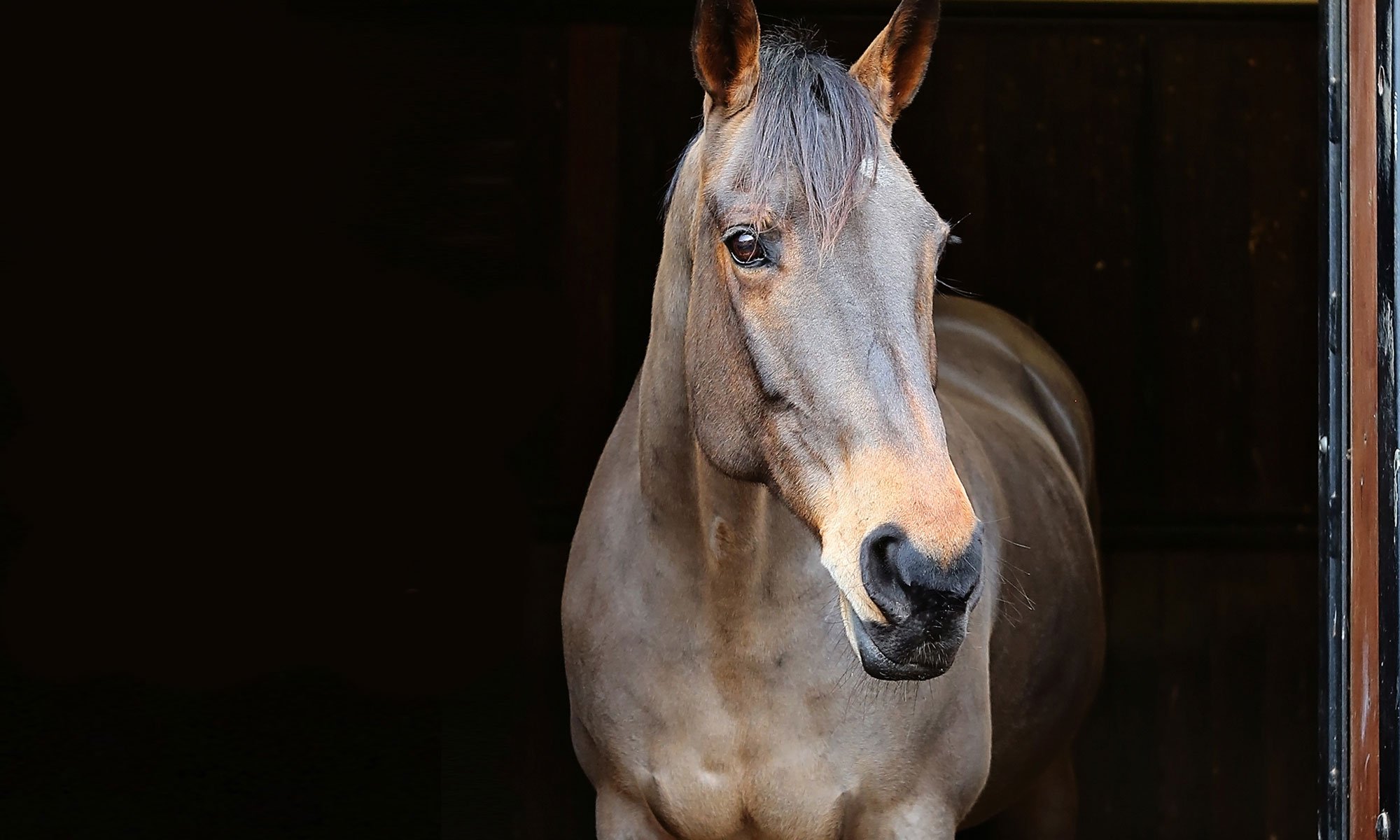Gastric ulcer in the horse: what feeds and forages to choose?
Spring brings with it several challenges for the digestive health of horses. With changing grass and changes in daily routines, as well as increased travel for competitions and transfers, the intestinal well-being of our equines can be seriously compromised.
This article is dedicated to a topic of fundamental importance to every horse owner: equine gastric ulcers.
These disorders afflict both foals and adult horses, exhibiting a range of symptoms that need a thorough and focused understanding.
We will explore the differences between gastroduodenal squamous erosions (ESGD) and glandular lesions (EGGD), examining their causes and identifying distinctive symptoms for different age groups. If you suspect that your horse may be suffering from such disorders, the following information may be the first step toward troubleshooting.
Finally, we will offer practical advice on ideal treatments and feeding regimens to support your horse’s recovery and health maintenance.
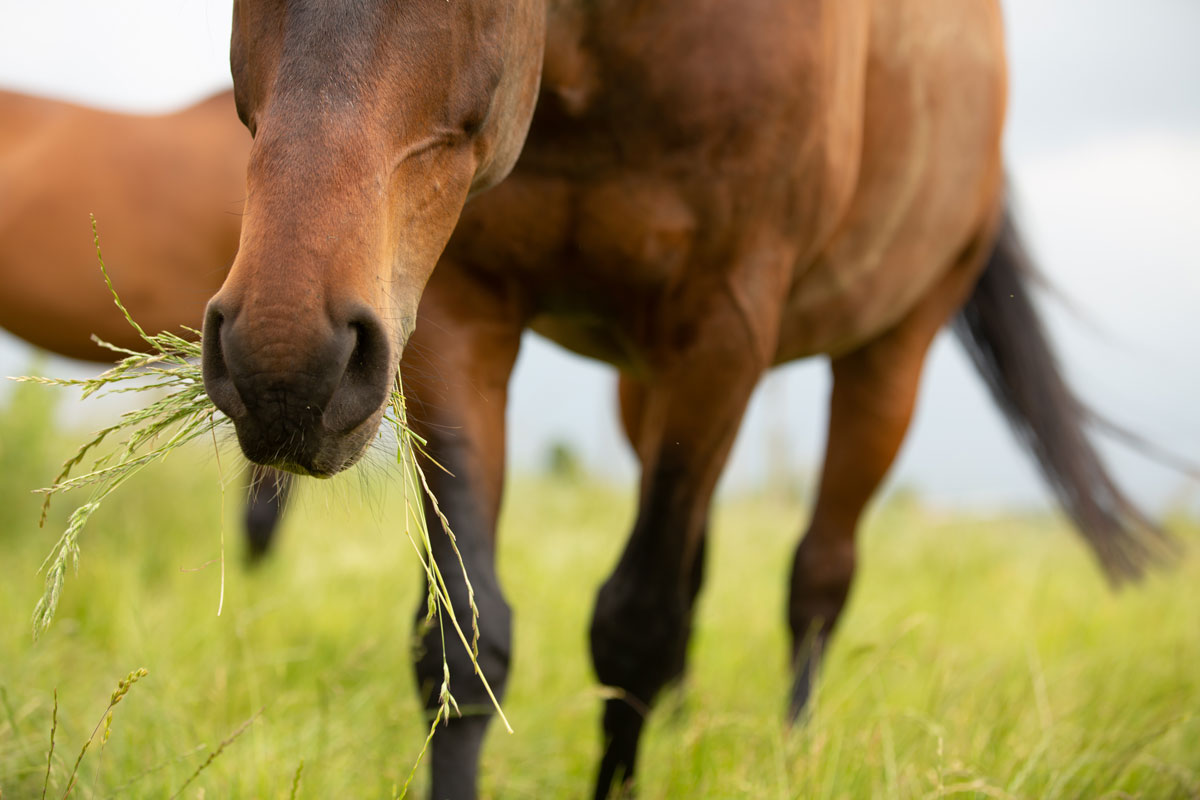
What are equine gastric ulcers?
Equine gastric ulcers are sores that form on the stomach lining and are a fairly common condition in horses.
The stomach lining can gradually erode due to prolonged exposure to gastric acid, with damage that veterinarians grade on a scale of 0 (no damage) to 4 (extensive and deep ulcers). The prevalence of this condition is estimated to be between 50 and 90 percent, and it affects horses of all ages, with a higher frequency in those engaged in sporting activities.
Equine squamous gastric gastric disease (ESGD) and equine glandular gastric disease (EGGD): what are the differences?
Gastric lesions can occur in two main forms, each with specific characteristics and implications: Equine Squamous Gastric Disease (ESGD) and Equine Glandular Gastric Gastric Disease (EGGD). This distinction is critical to understanding the nature of the diseases and to effectively guide diagnosis and treatment.
Equine Squamous Gastric Disease (ESGD)
Area: squamous mucosa, which includes the margo plicatus, major and minor curvatures, and the squamous fundus of the dorsum.
Diagnosis: It can be classified into primary or secondary depending on the underlying pathology.
- P- primary: Occurs in an otherwise healthy gastrointestinal tract and is the most common form of ESGD.
- S – secondary: It is caused by delayed gastric emptying due to diseases such as pyloric stenosis, severe EGGD or inflammatory bowel disease.
Equine Glandular Gastric Gastric Disease (EGGD)
Area: glandular mucosa including the cardia, ventral glandular fundus, antrum, pylorus, and proximal duodenum.
Diagnosis: The location specificity of EGGD requires a careful approach for an accurate diagnosis and to establish an effective treatment plan.
The causes of equine gastric ulcer.
To fully address the topic of gastric ulcers in horses, it is essential to explore the symptoms associated with this condition. Carefully exploring these signs becomes especially crucial given the challenge in distinguishing these manifestations from those of other equine diseases.
The high nutritional value also makes alfalfa an ideal option for boosting nutrition in horses with reduced appetites. Compared with many forages, alfalfa is characterized by a higher content of digestible energy, crude protein and calcium, making it a valuable resource for underweight or recovering horses, as well as those engaged in intense training.
However, it is recommended in moderation for young, rapidly growing horses that have access to alternative sources to cover their protein and nutritional needs.
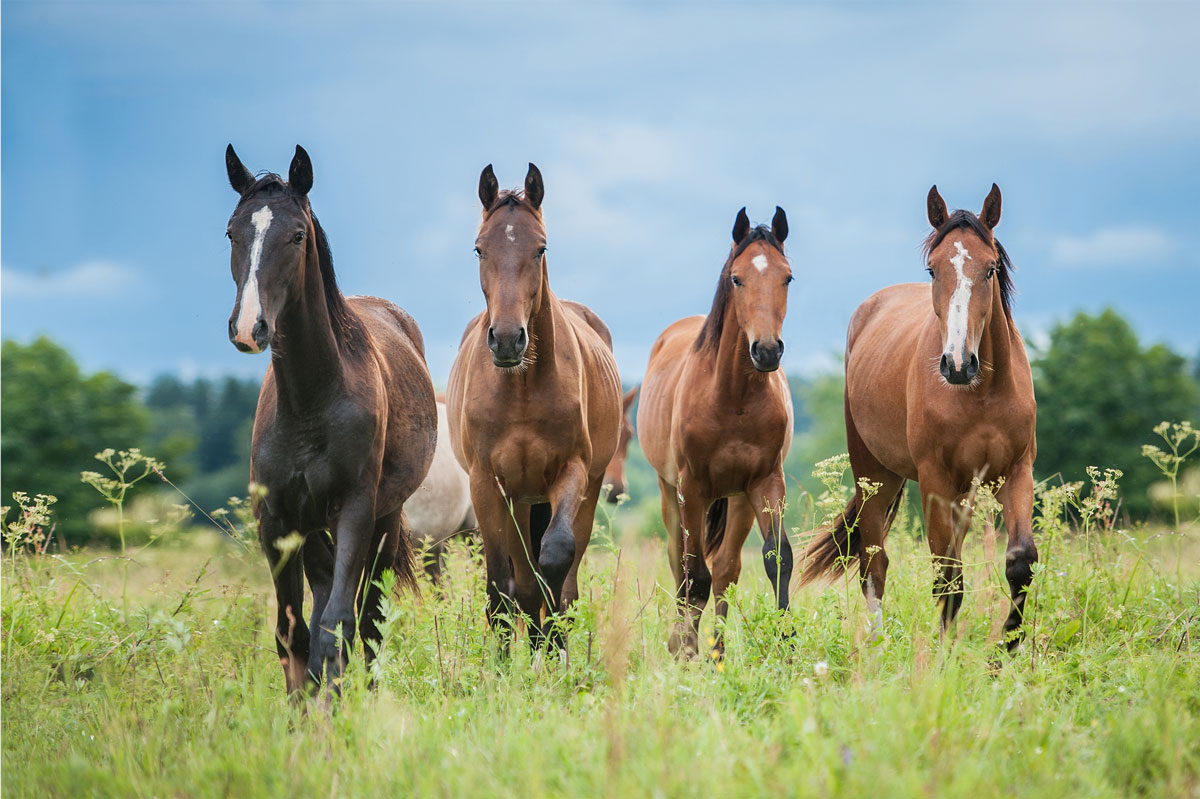
What are the causes of equine gastric ulcer?
Equine gastric ulcers can be triggered by several factors that directly affect the horse’s overall health. However, the most common triggers are four.
Aerobic (Fast Speed) or Intense work
Aerobic or intense exercise can push stomach acid to vulnerable areas of the stomach, contributing to ulcer formation. During physical activity, increased gastric acid production and decreased blood flow in the digestive system, in fact, can create a conducive environment for such injuries. The presence of fiber in your horse’s stomach becomes, therefore, essential because it acts as a barrier. Fiber absorbs stomach acid and keeps it in the stomach part as a bolus, which prevents the so-called “splash effect” on the walls.
Stress
Stress is another important risk factor associated with the development of gastric ulcers in horses. Even if left to graze, horses and ponies are not immune to the occurrence of ulcers in tense situations.
Indeed, studies have shown that separation from herd mates or stressful situations have contributed to the occurrence or exacerbation of ulcers, highlighting the central role that stress may play in the gastrointestinal health of horses.
In addition, stressful conditions such as transportation or prolonged stalling, perhaps on an empty stomach, can further increase the risk of developing gastric ulcers.
Drugs
Prolonged use of certain nonsteroidal anti-inflammatory drugs such as phenylbutazone, phenamates and ketoprofen can weaken the protective mucosal layer of the stomach, increasing susceptibility to ulcers.
Incorrect Feeding
The relatively small structure of the equine stomach requires constant feeding to maintain acid-base balance, making horses susceptible to acid swings caused by prolonged periods without food. Poor nutrition can be a significant risk factor in the development of gastric ulcers in horses.
Low-fiber diets can impair saliva production, which is essential for neutralizing gastric acidity as a natural buffer. In fact, fiber takes longer to chew than concentrated feeds. This facilitates the creation of abundant saliva, which, in turn, helps lower acidity in the stomach.
Conversely, excessive grain intake can create an acidic environment in the stomach, thus increasing the risk of gastric ulcers. A study in Denmark showed that offering more than 2 g per kg (live weight) of starch per day or 1 g per kg (live weight) per meal facilitates the development of an acidic environment in the horse’s stomach.
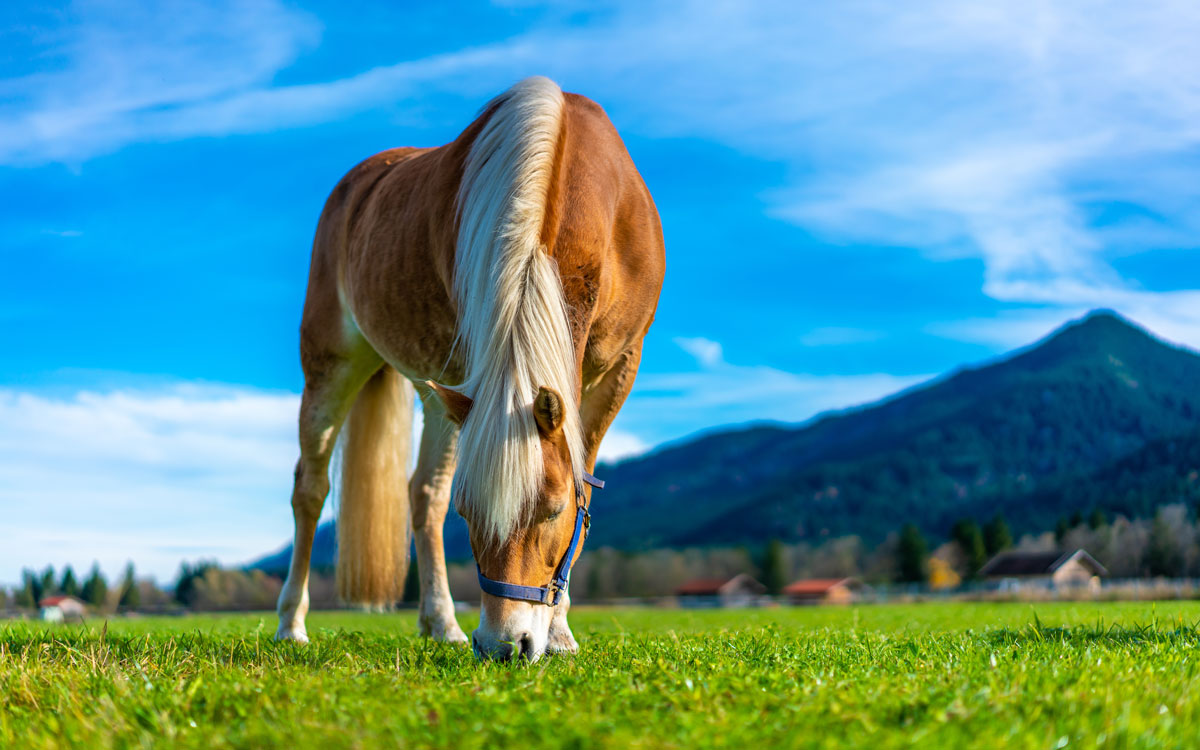
How to tell if my horse has an ulcer? The most common symptoms and how to diagnose
To fully address the topic of gastric ulcers in horses, it is essential to explore the symptoms associated with this condition. Carefully exploring these signs becomes particularly crucial to distinguish such manifestations from those typical of other equine diseases.
Symptoms of equine gastric ulcer
Most horses with gastric ulcers might look healthy to the eye; however, it is sometimes possible to notice some subtle signs that might indicate the presence of this condition.
Colic
Colic is a significant issue in horses with gastric ulcers, with evidence indicating an increased incidence of discomfort after meals.
In cases of severe gastric ulcers, it is common to observe some unusual postures, especially in foals, who tend to lie on their backs to relieve pain. In adult horses, however, colic may manifest as acute or recurrent crises, often related to concentrated feed intake.
Inappetence and weight loss
Horses with gastric ulcers may experience difficulty in appetite and weight loss. Other signs include initial food aversion after the first part of the ration reaches the stomach.
In adult horses, poor or selective feeding, variations in the amount of watering, and presence of foul odor in the mouth may occur.
In foals, however, reduced milk intake, excessive salivation and abdominal distension may be observed.
Changes in Behavior
Behavioral changes are often attributed to gastric diseases in veterinary practice, although reports in scientific texts supporting this theory are varied. A cross-sectional study of 50 morphing horses found that horses with nervous behavior were more prone to suffer from ESGD.
Several studies have also shown a correlation between ESGD and stereotypies such as box biting, ticking or other types of stereotypies.
Finally, a behavior commonly linked to gastric disease by owners is “harness pain,” that is, signs of pain and negative behavior during harnessing. However, studies have not shown a relationship between this behavior and ESGD or EGGD.
Diarrhea
In early studies of gastric disease, diarrhea was reported as a clinical sign in adult horses, and a more recent study showed an increase in liquid stools associated with EGGD, confirming this finding. However, outside of these examples, diarrhea is not commonly reported as a symptom related to gastric diseases.
Poor Mantle Quality
Cross-sectional studies have shown an association between a rough, lackluster coat and gastric disease, especially in foals, but there is still little data available to confirm this symptom with certainty.

Diagnosis of Ulcers in Horses
When unusual signs are noticed in the horse, consulting a veterinarian is definitely recommended. Only through gastroscopy, in fact, will the veterinarian be able to accurately diagnose the presence of gastric ulcers.
During this procedure, which requires the horse to be sedated and fasting, a flexible endoscope equipped with a camera is inserted through the horse’s nostrils to the stomach. This allows all relevant digestive areas to be displayed directly on the screen.
If gastroscopy is not possible, the veterinarian may proceed with simulated diagnostic therapy, treating the horse as if it actually had ulcers. Subsequent improvement of symptoms could confirm the presence of gastric ulcers in the treated animal.
The best feeds and supplements for horses with gastritis
Feeding horses with ulcers focuses on reducing risk factors to avoid this condition.
Discover our products for your horse’s well-being.
Re-Leve Cubes
High-energy, alfalfa-free, low-starch Re-Leve Cubes are especially recommended by veterinarians for horses and ponies with equine gastric ulcer syndrome who are on low-starch diets. The wet delivery mode also makes it suitable as a secondary source of water.
Re-Leve Mix
Re-Leve Mix is a special blend with low levels of starch and sugar. It has been specifically formulated to replace all feeds for working horses that have a nervous temperament, react negatively to high grain and starch contents, or are prone to developing ulcers.
Alfalfa Oil Chaff
Saracen Alfalfa Oil Chaff is a natural high-fiber, straw-free forage that promotes weight gain.
Slow feeding related to forage increases chewing time and subsequent salivation; this promotes digestive health.
Essential Balancer
Essential Balancer is a low-calorie balancer suitable for daily intake. Low in calories, sugars and starches, includes a broad spectrum of vitamins and minerals, live yeast for digestive health. It also contains omega-3 fatty acids for skin and joint well-being and good mobility.
